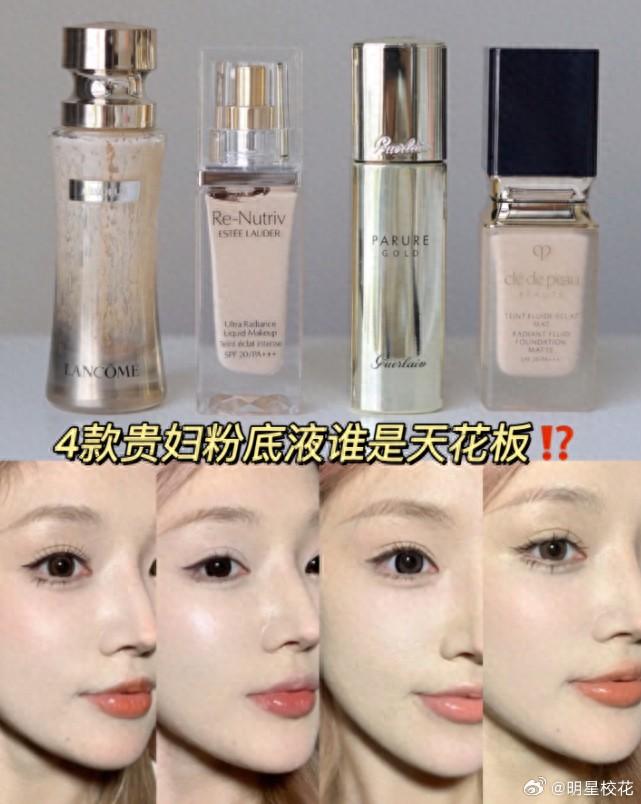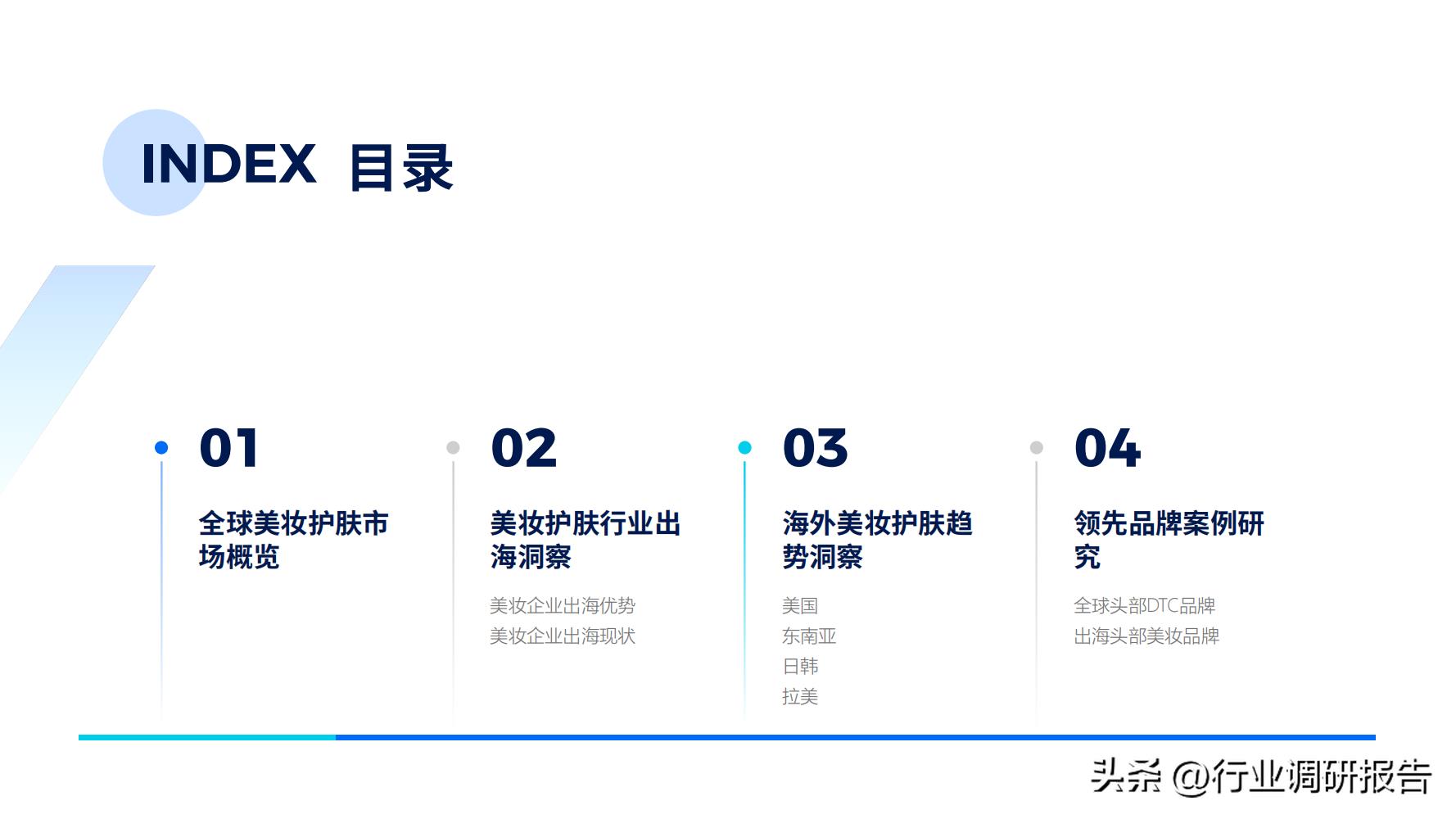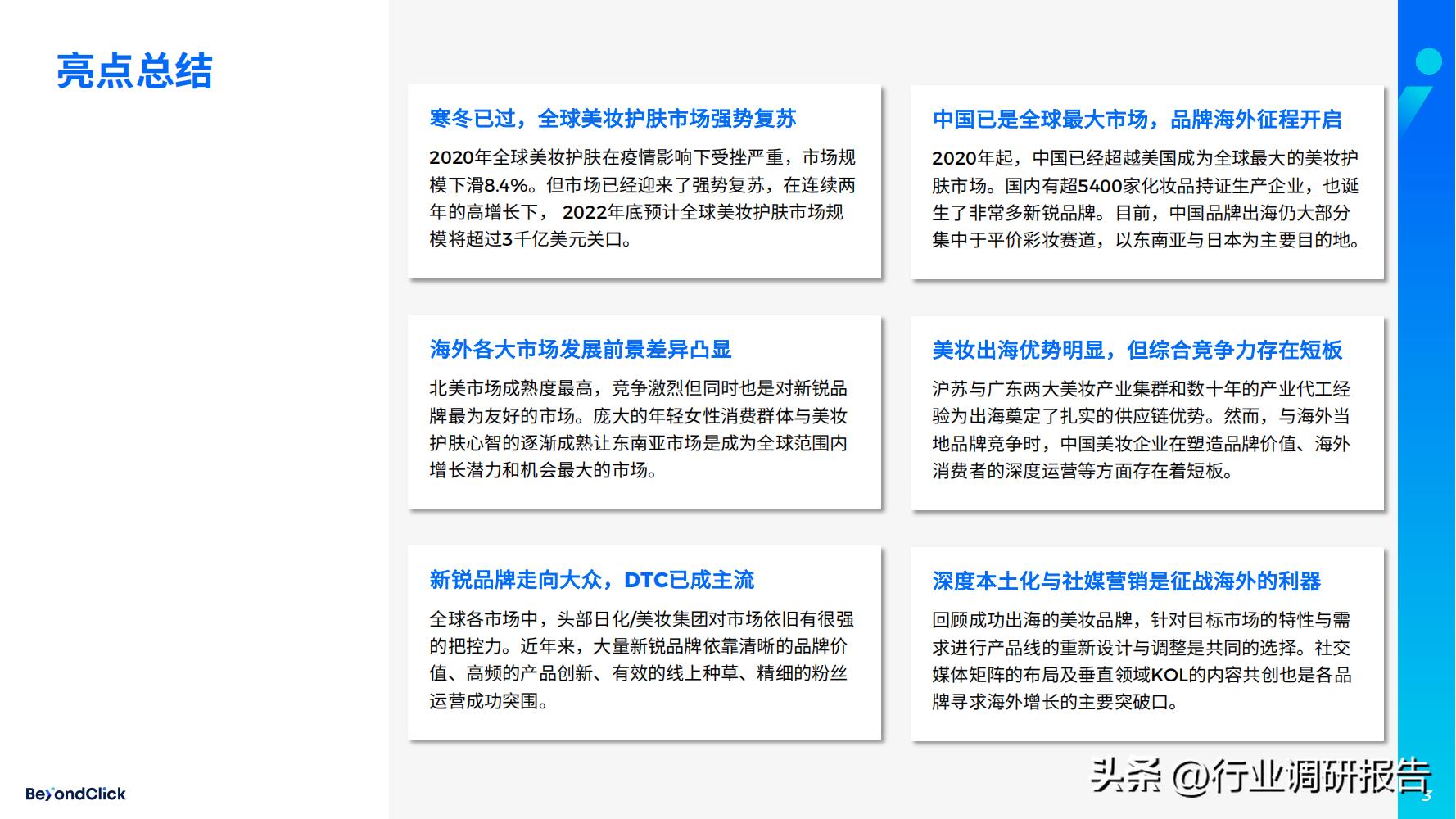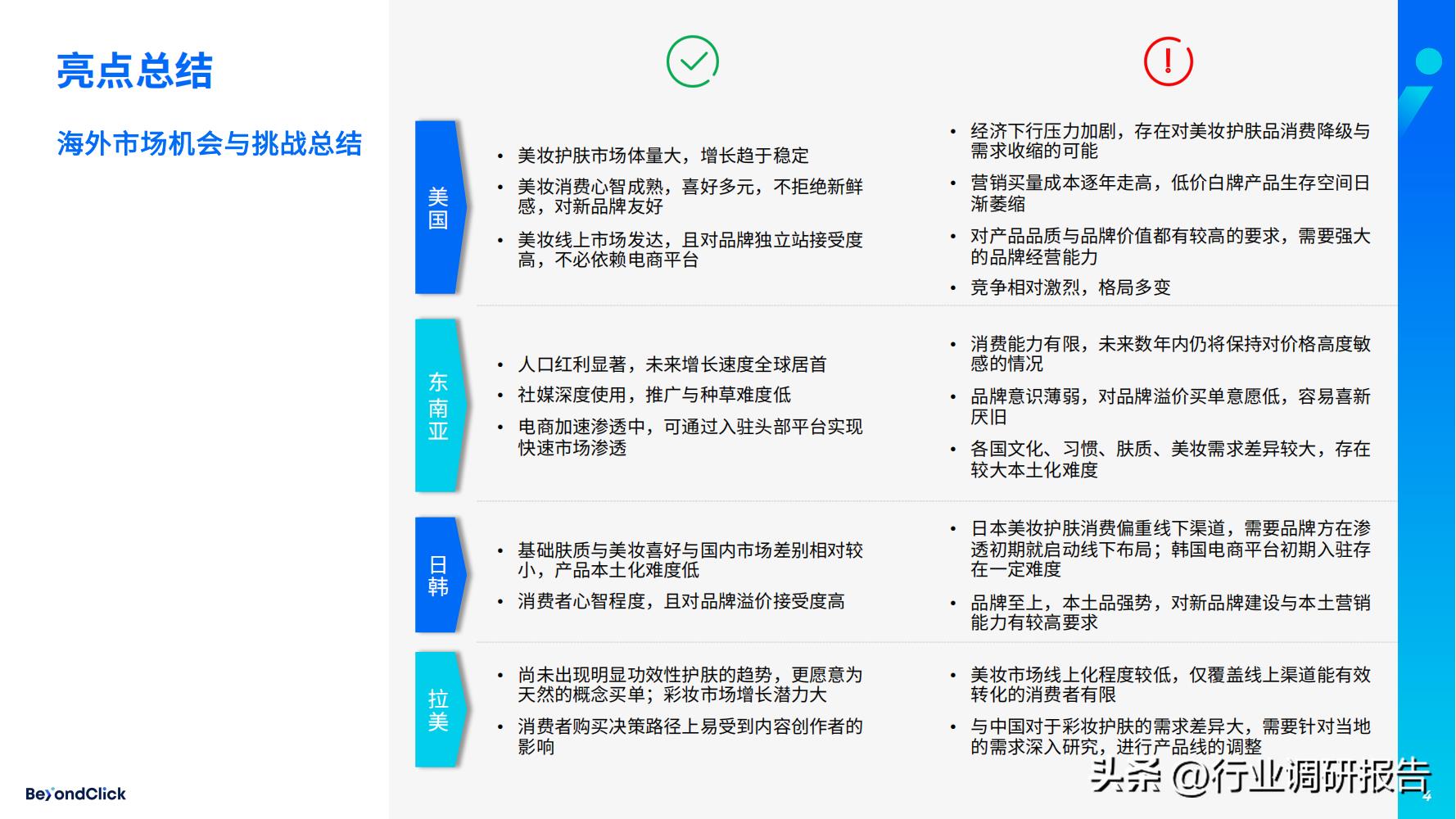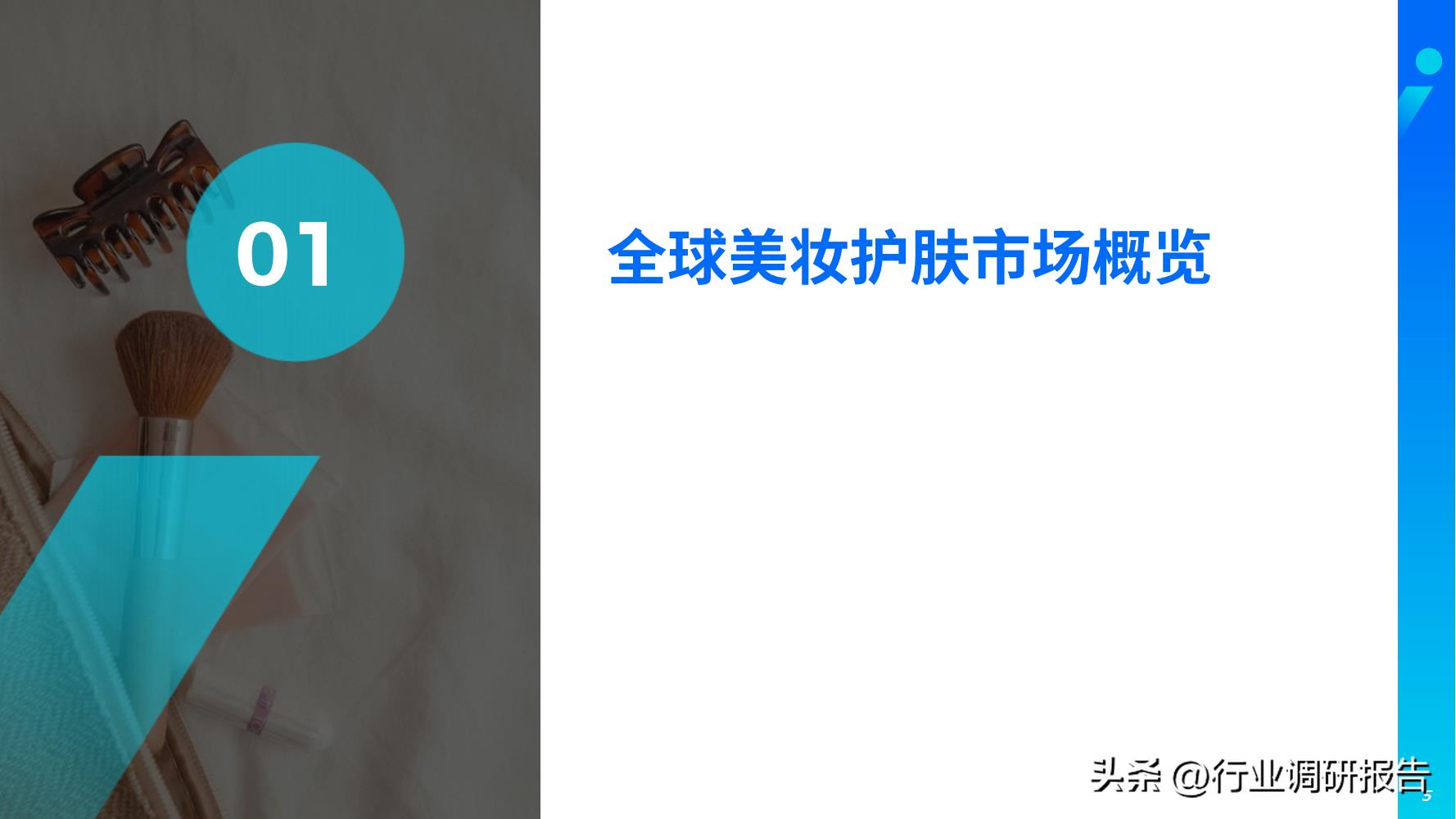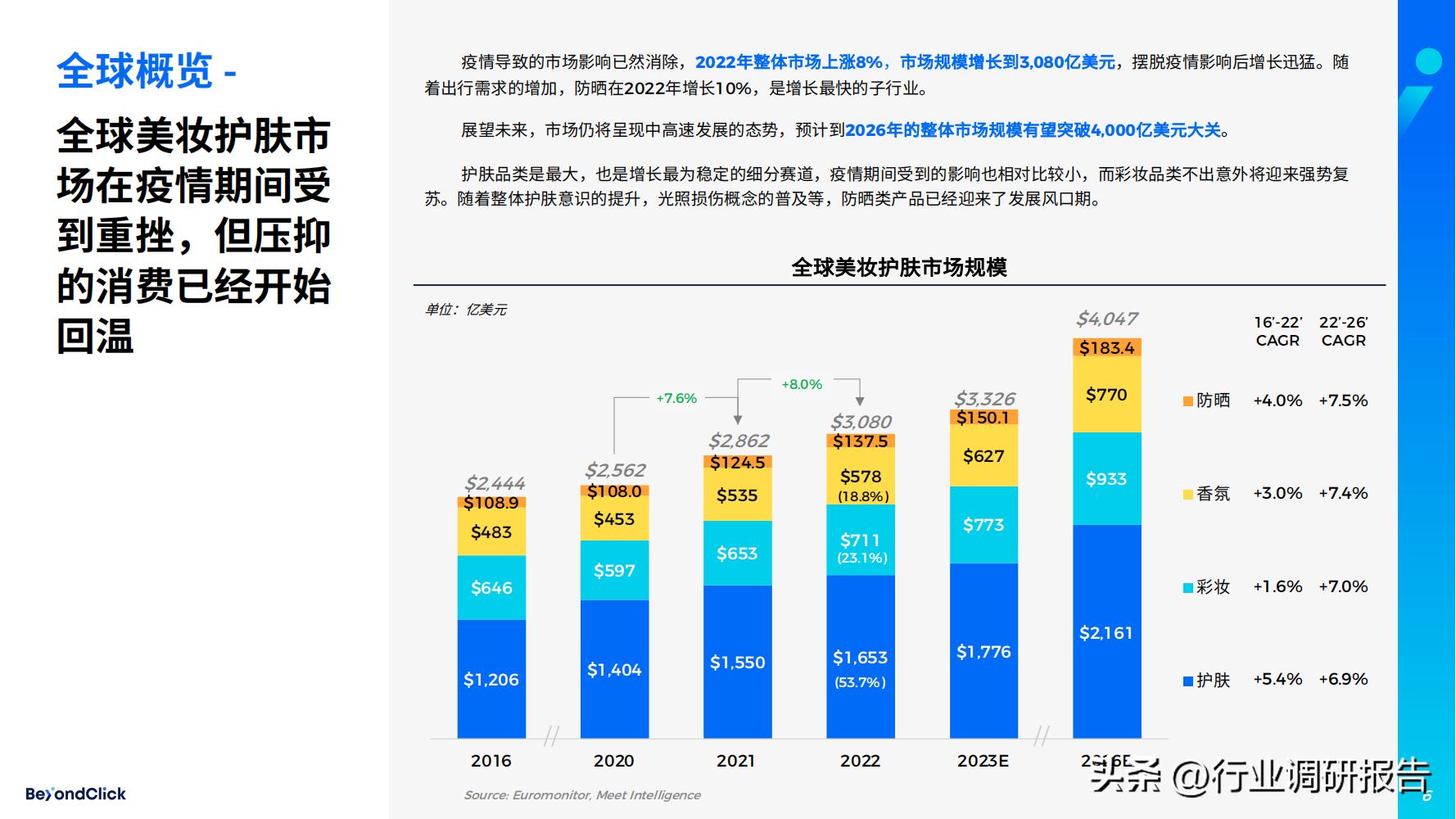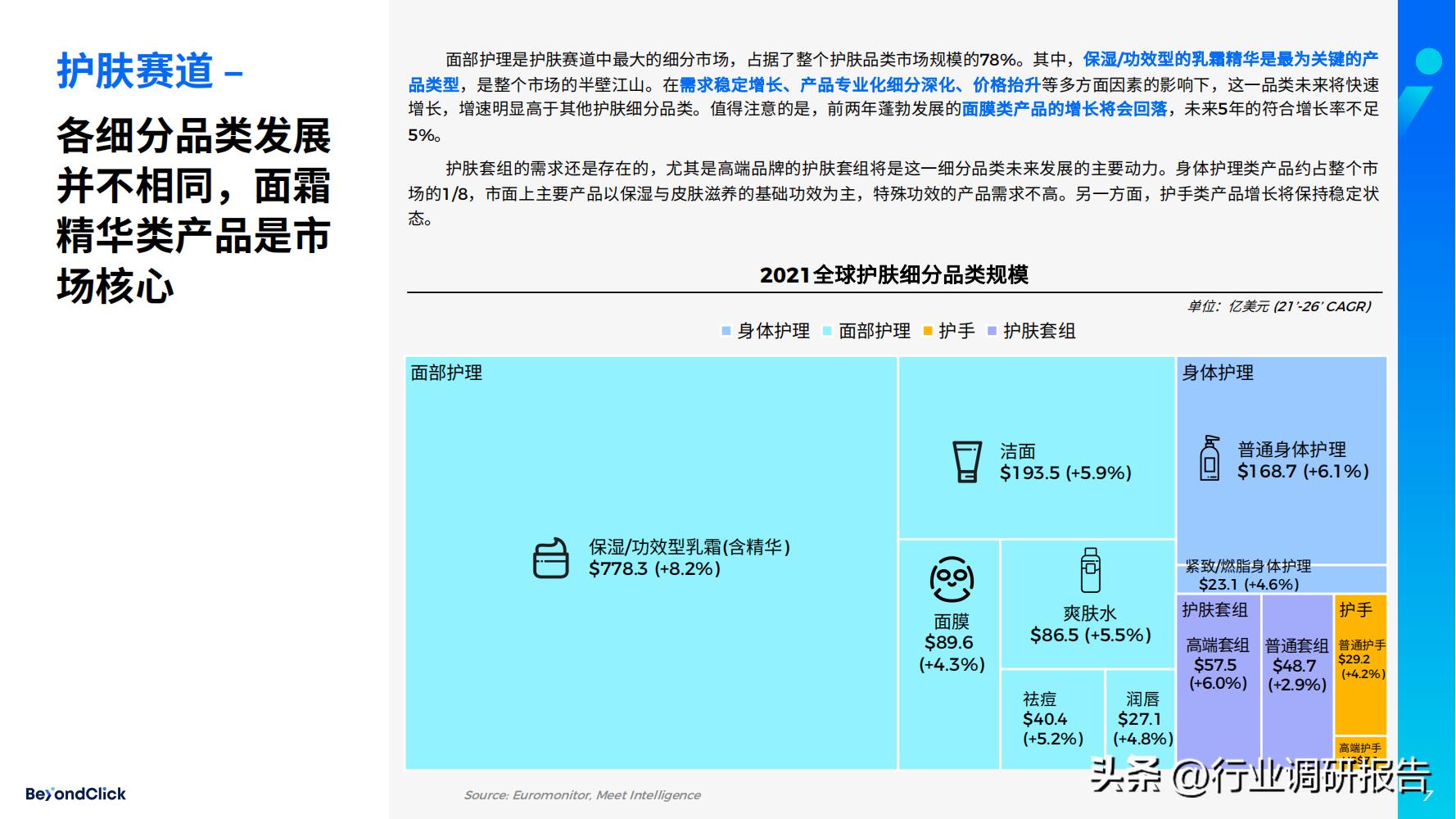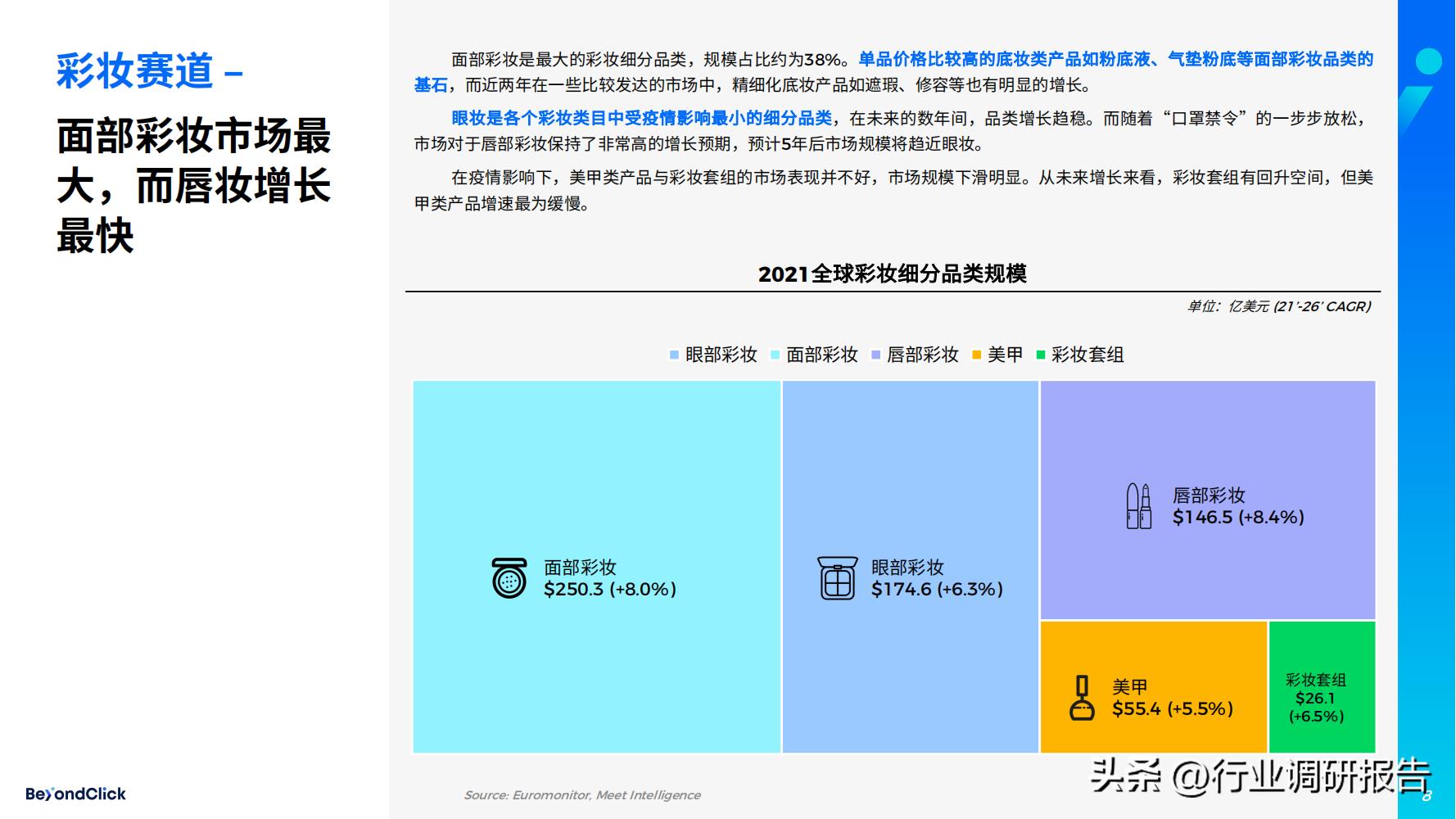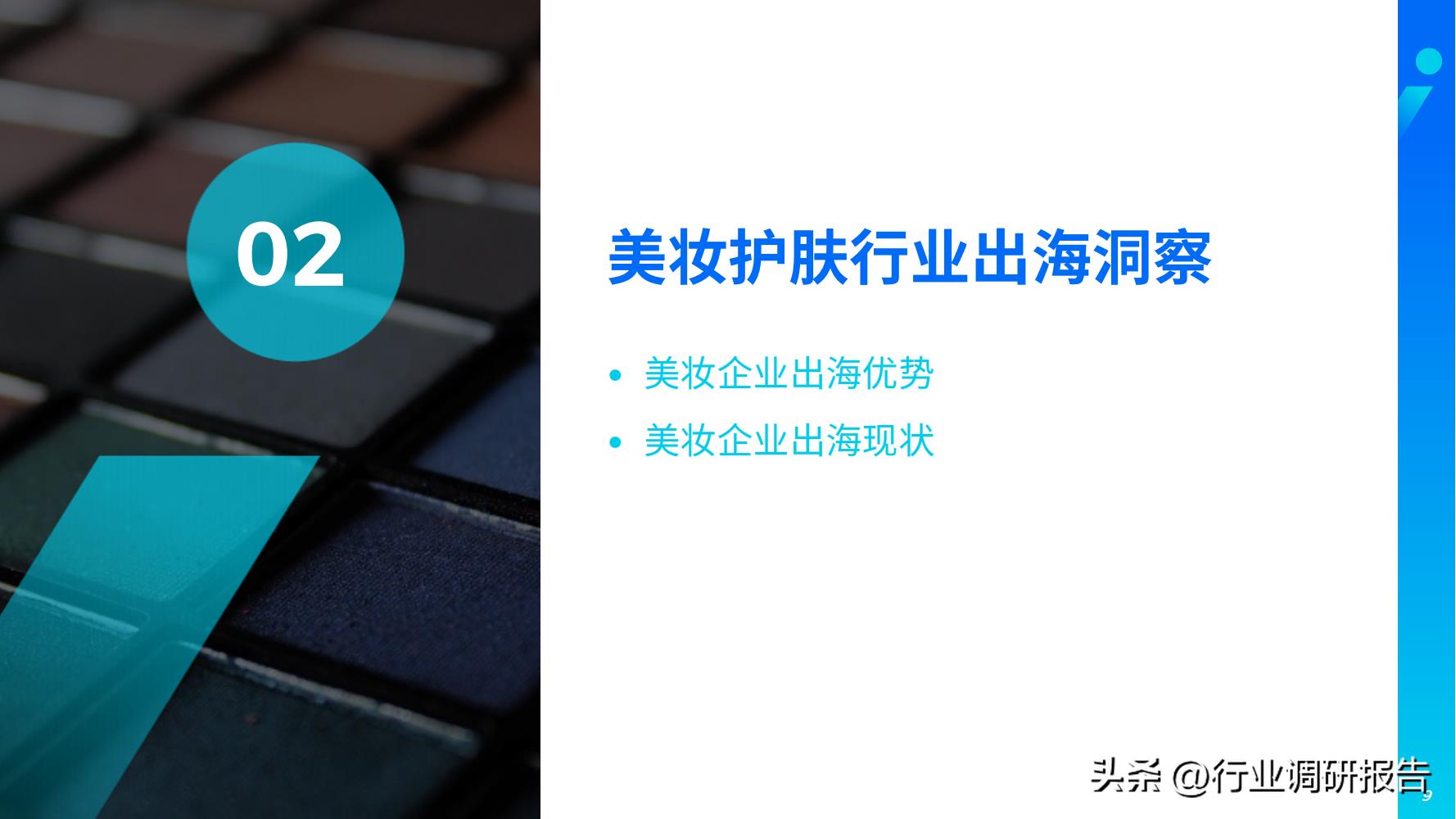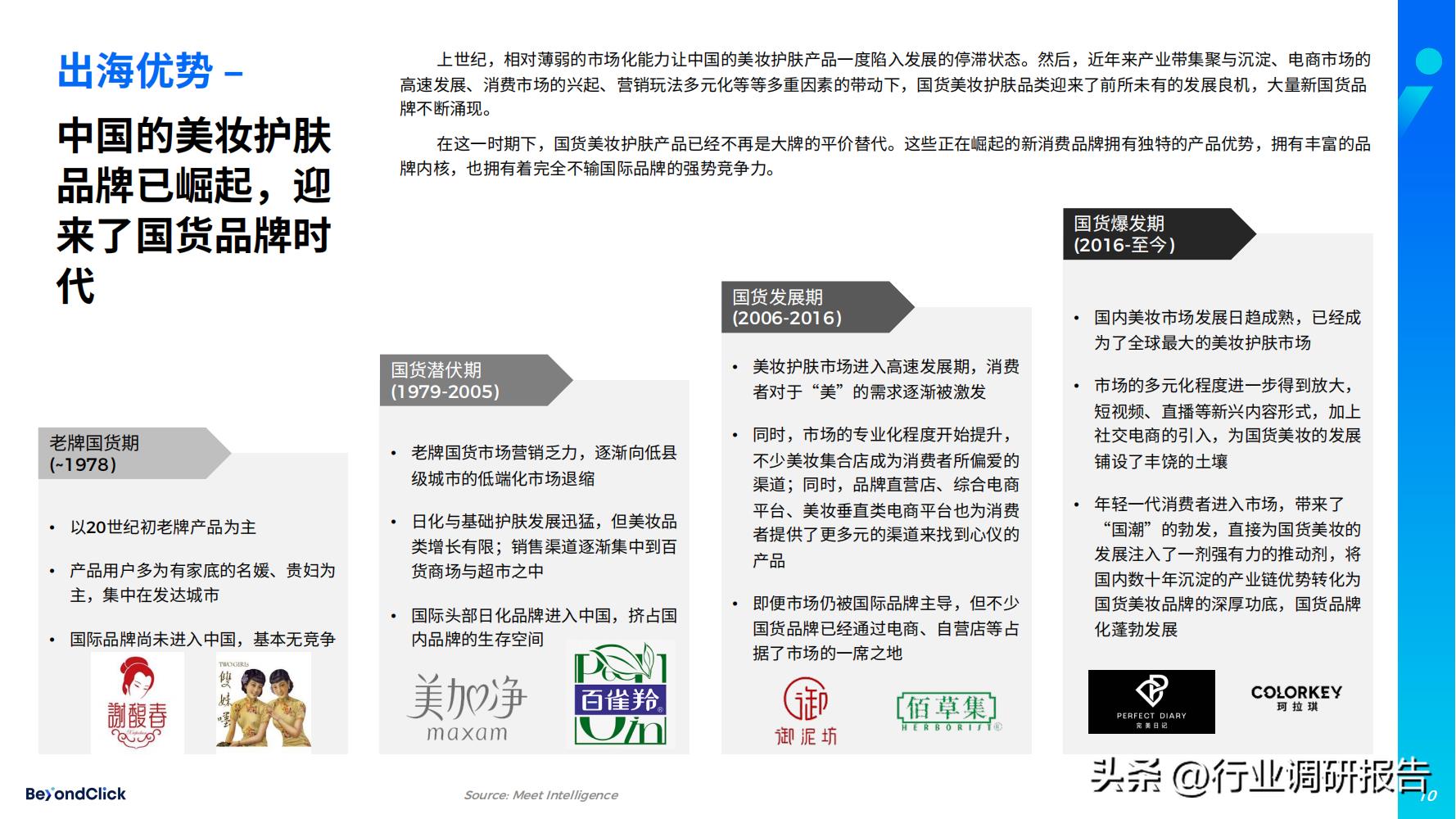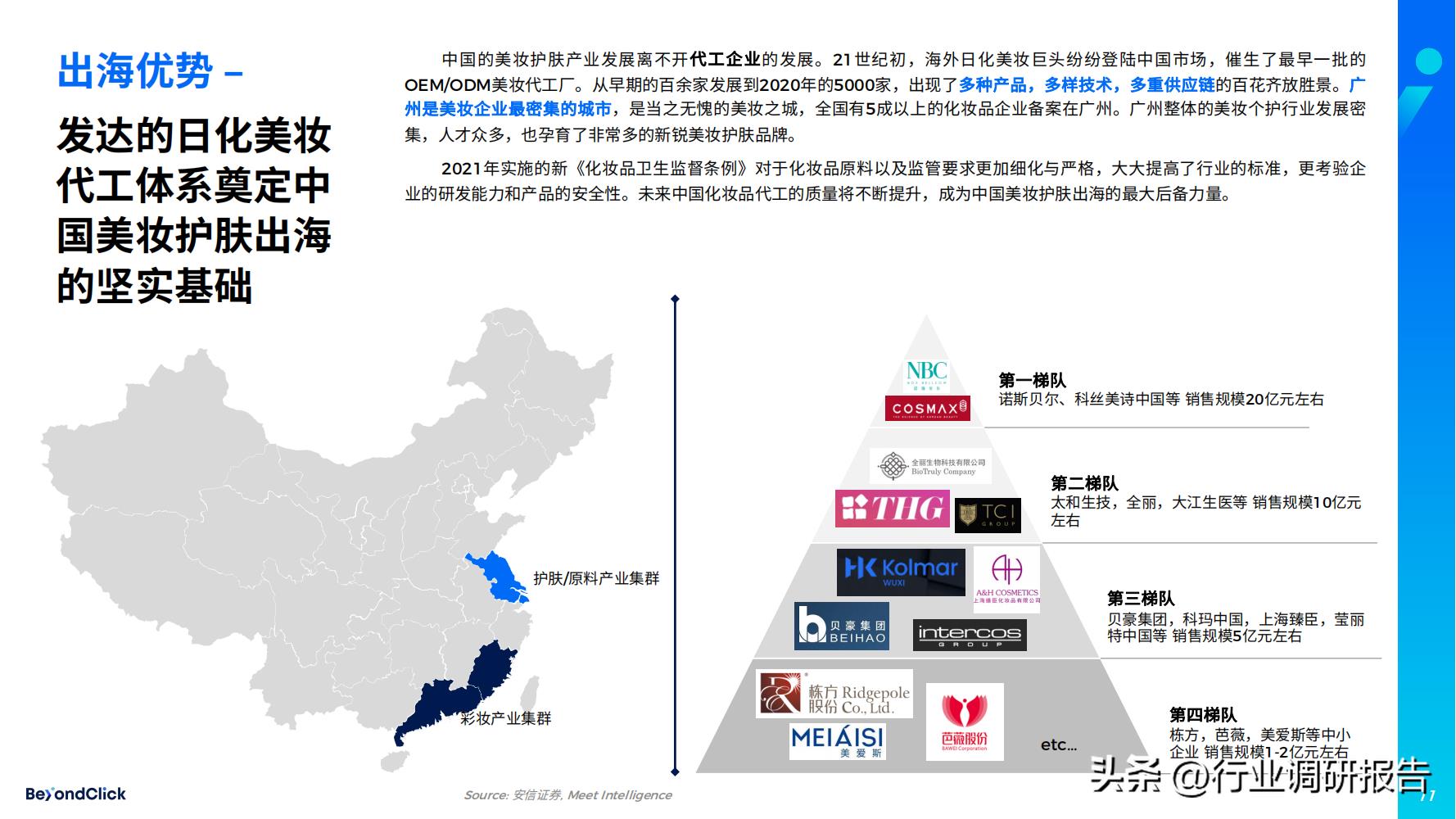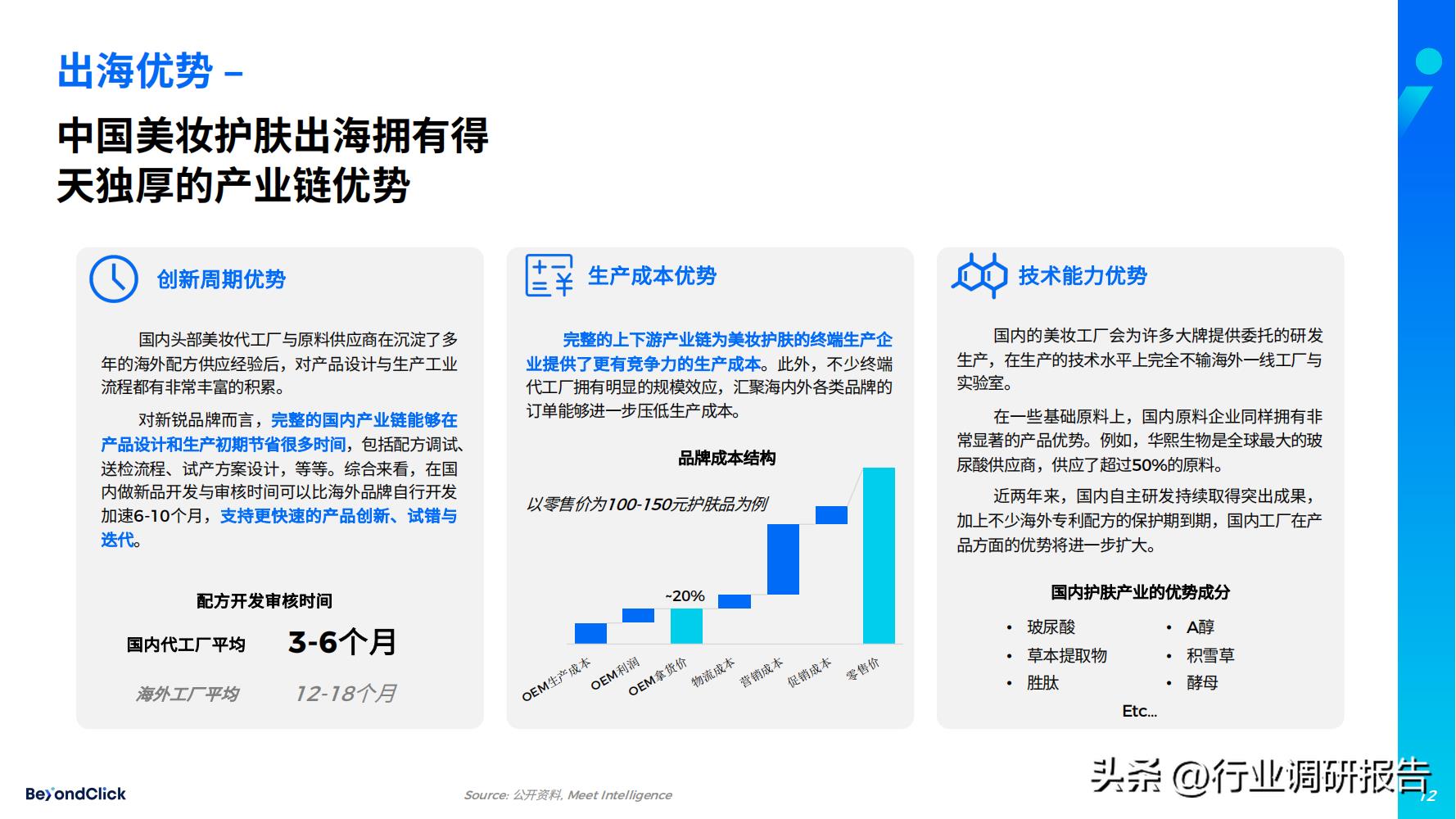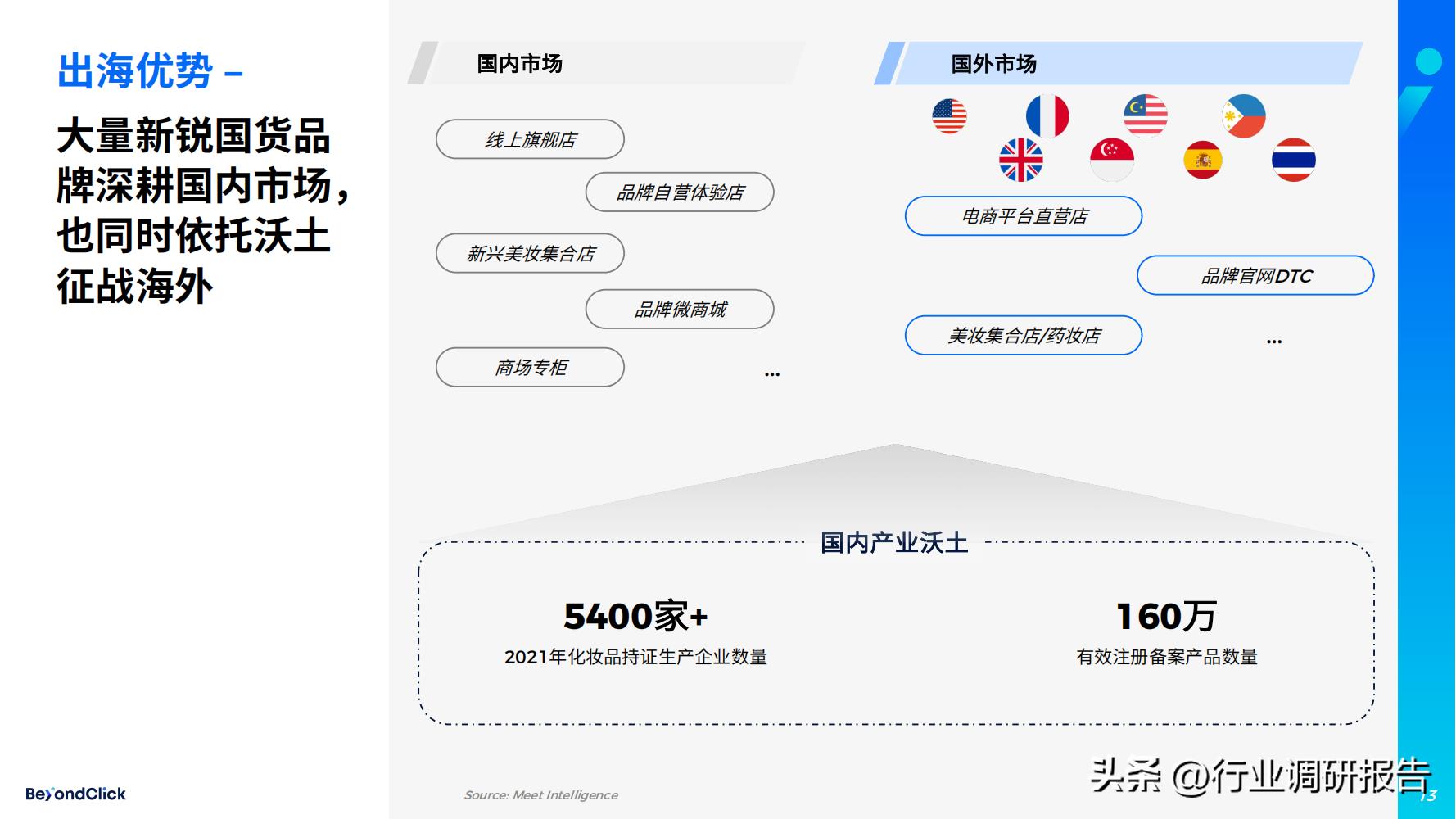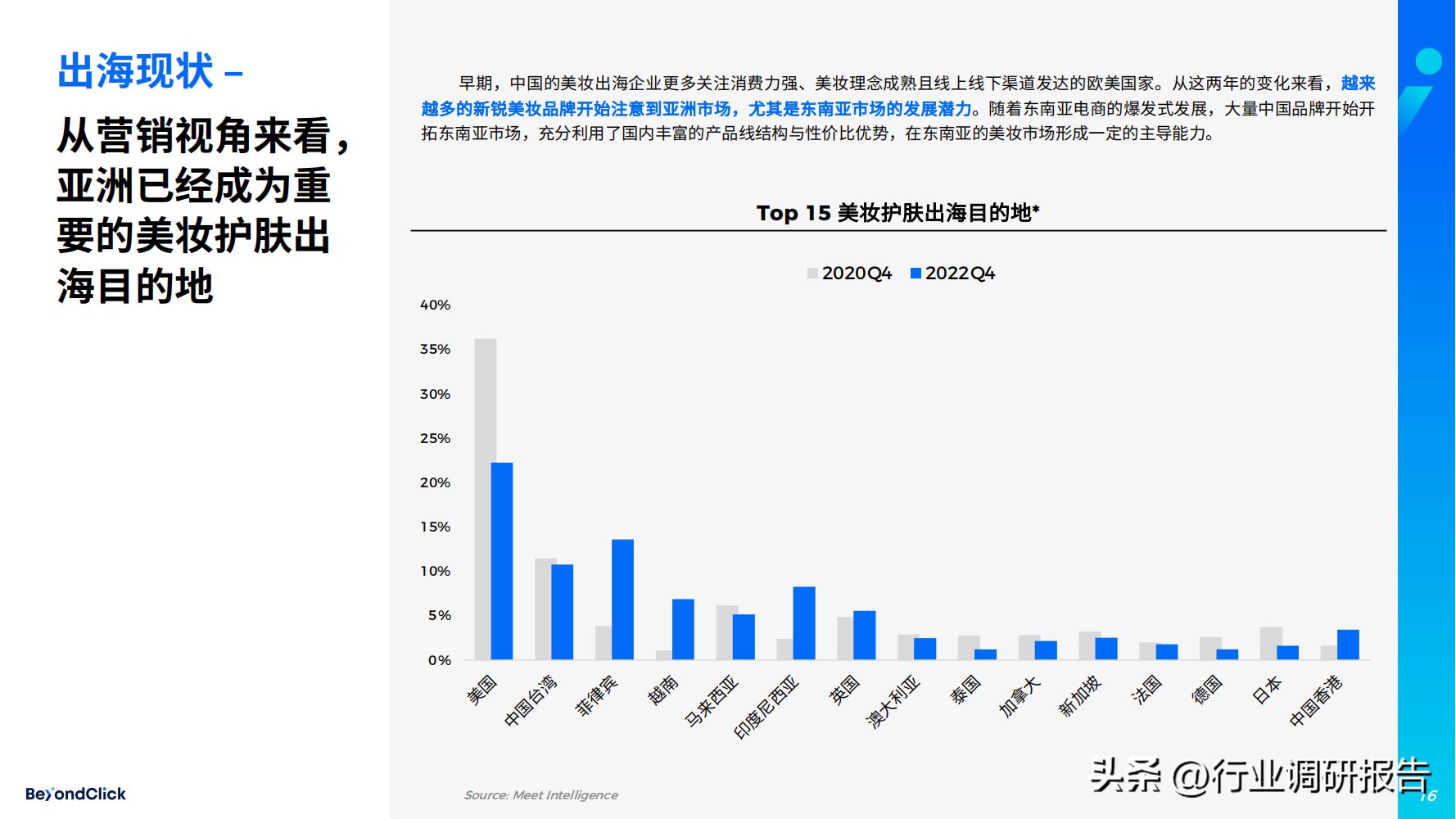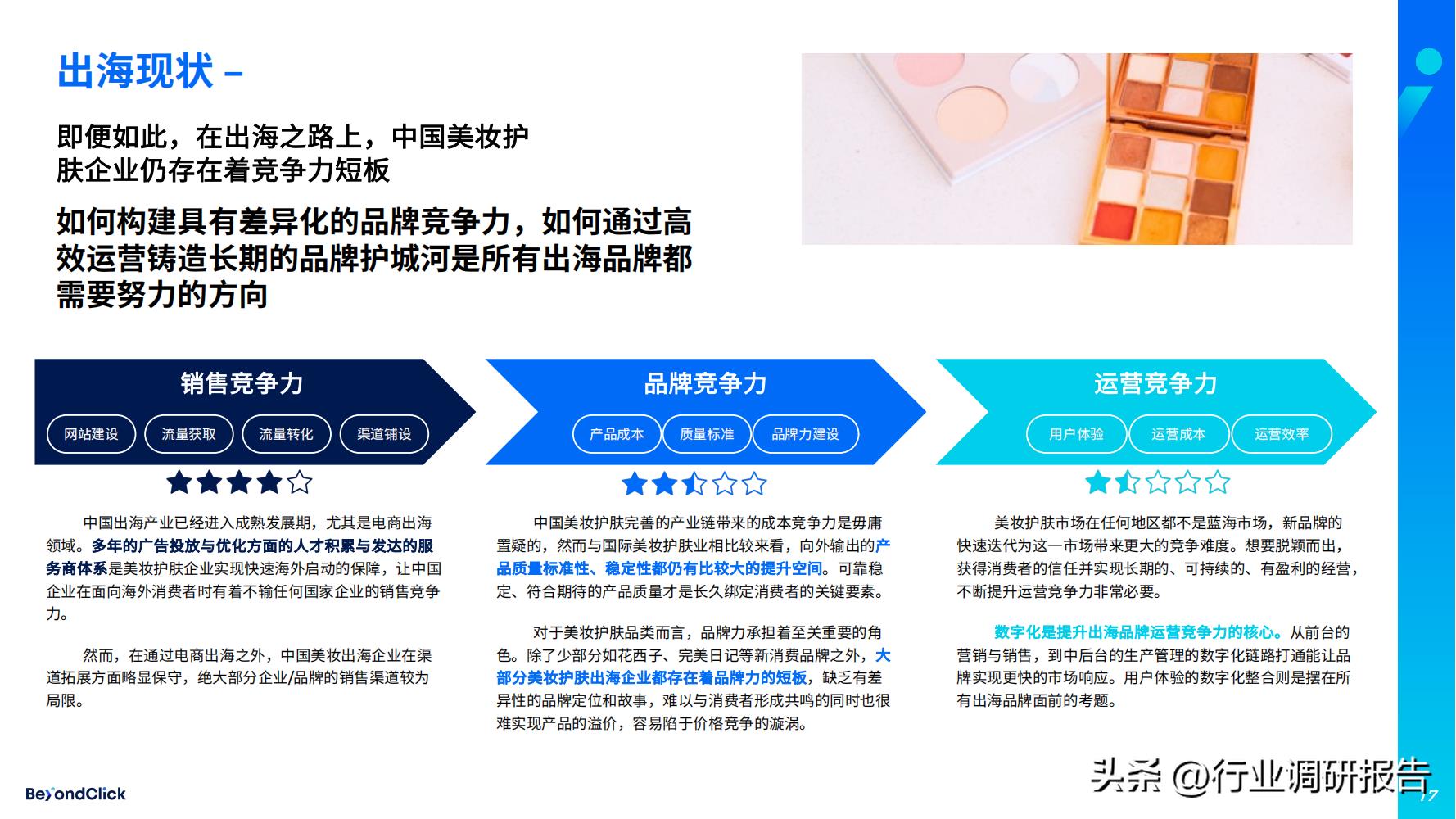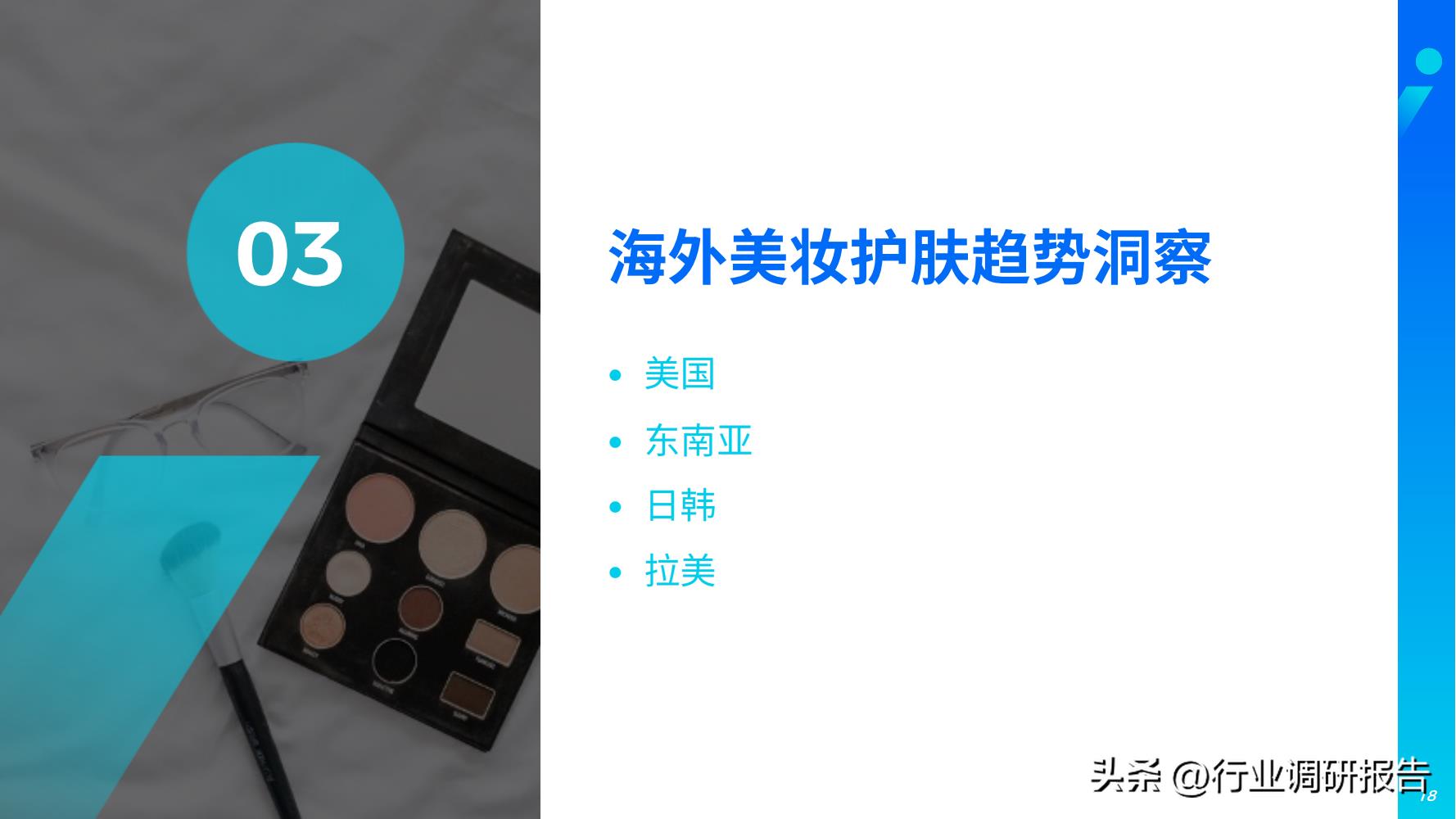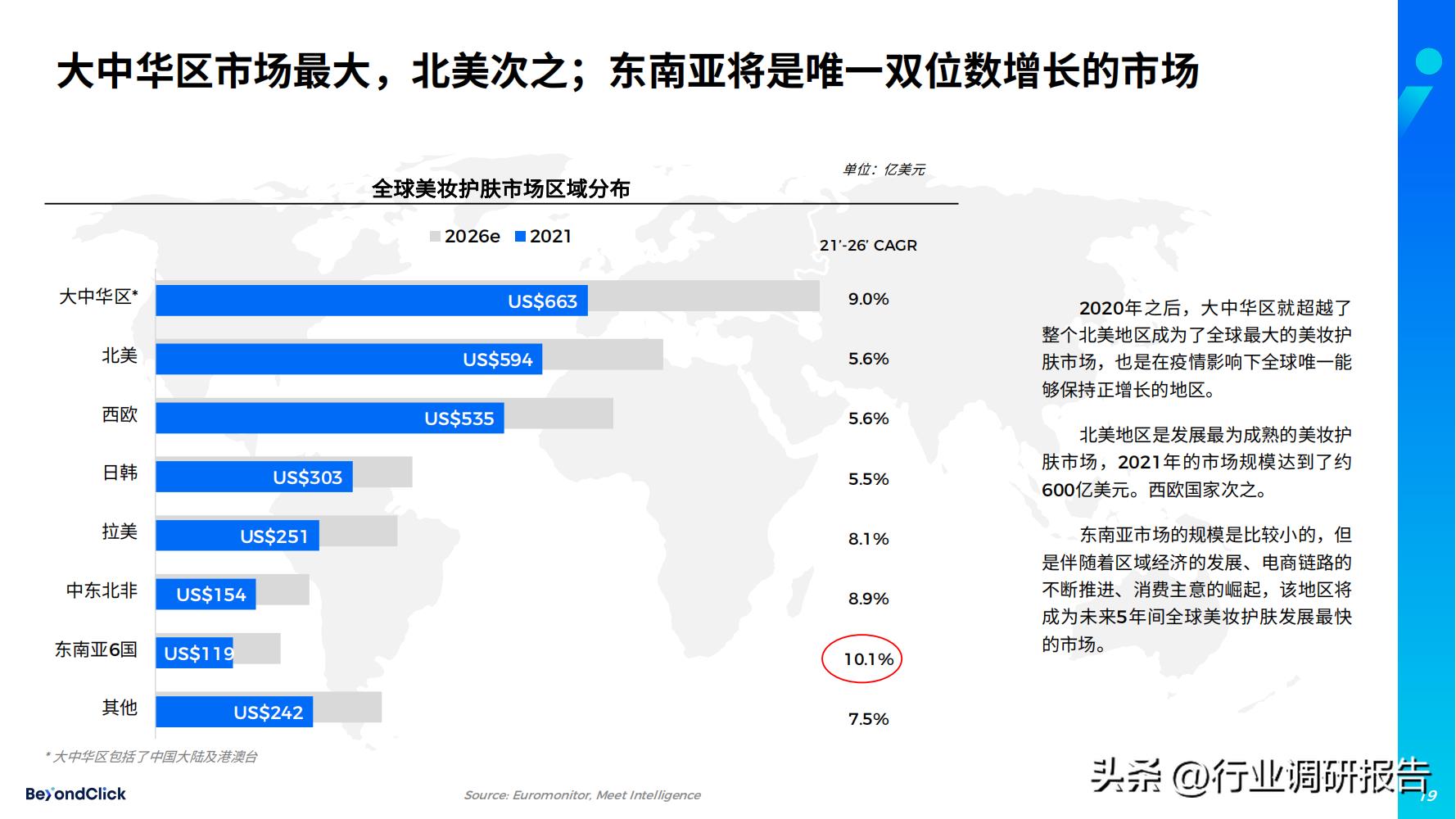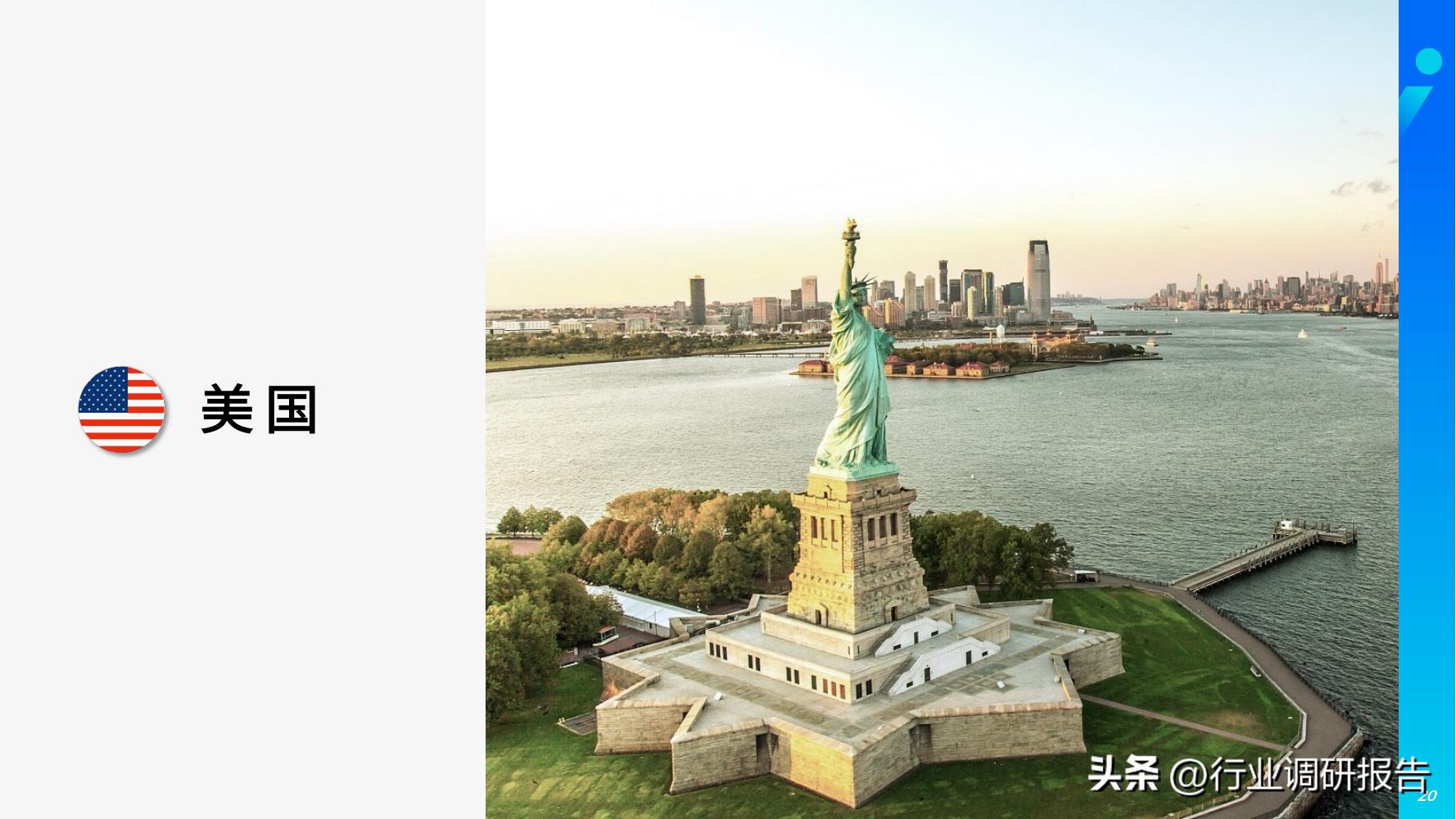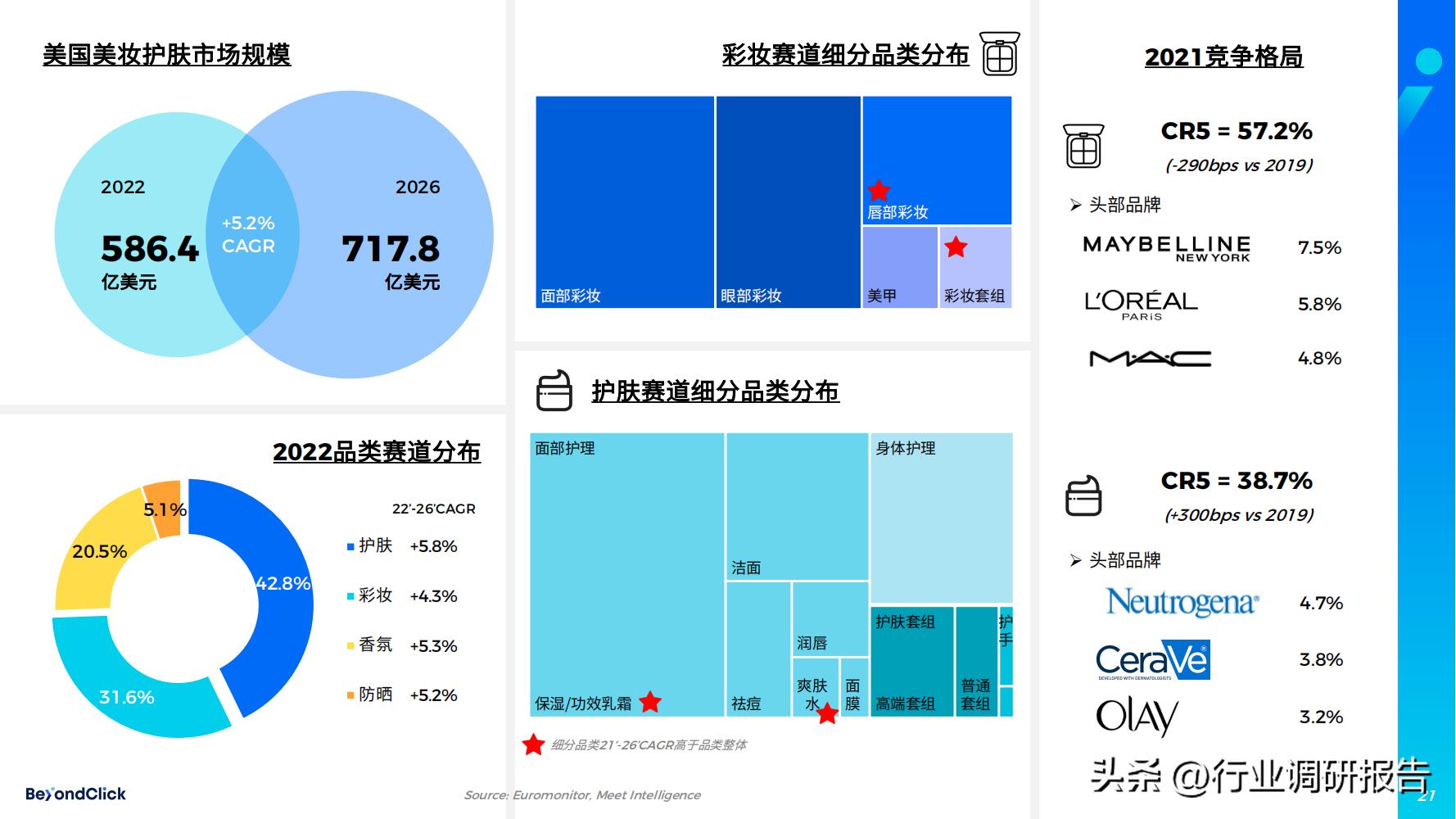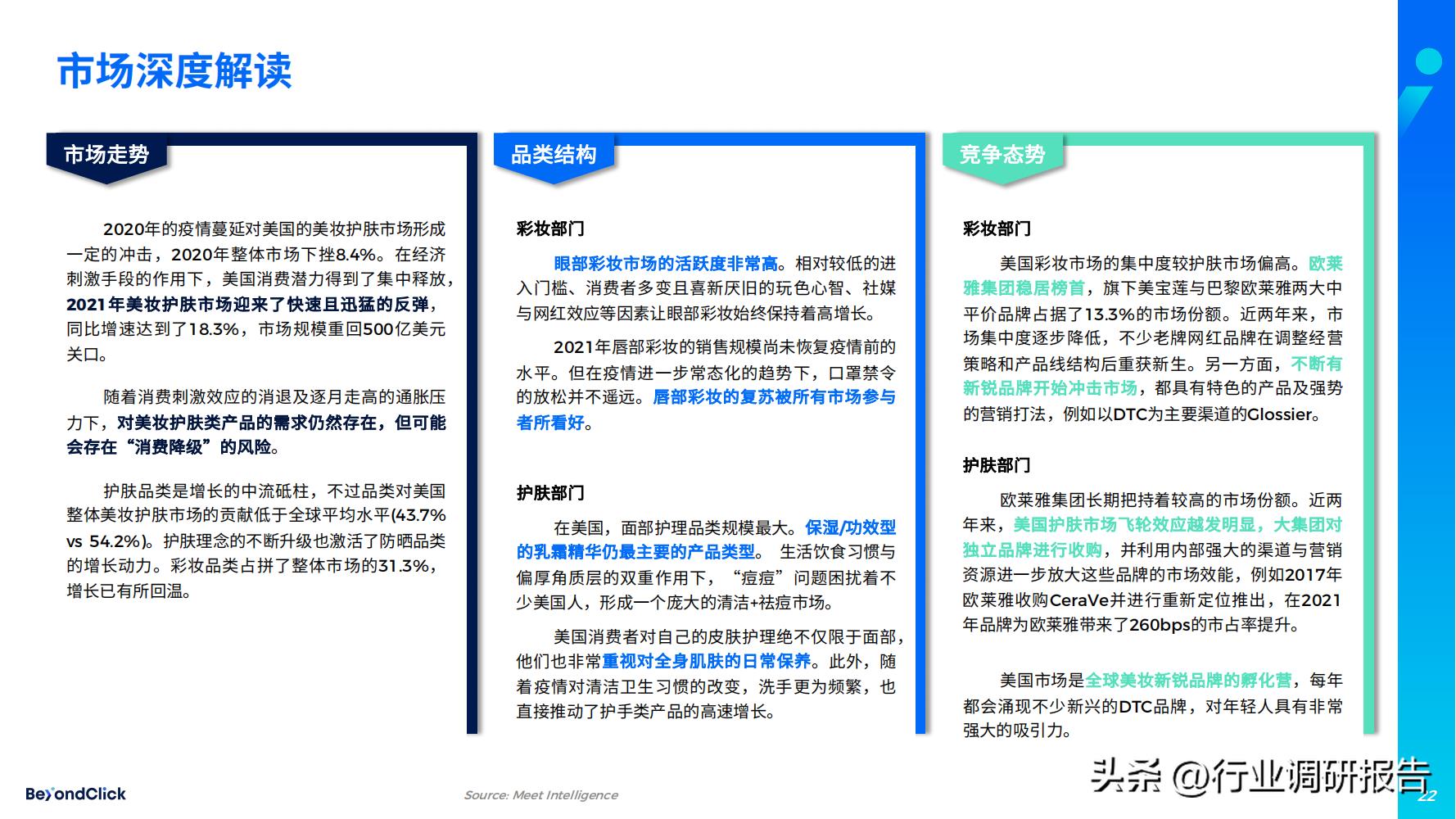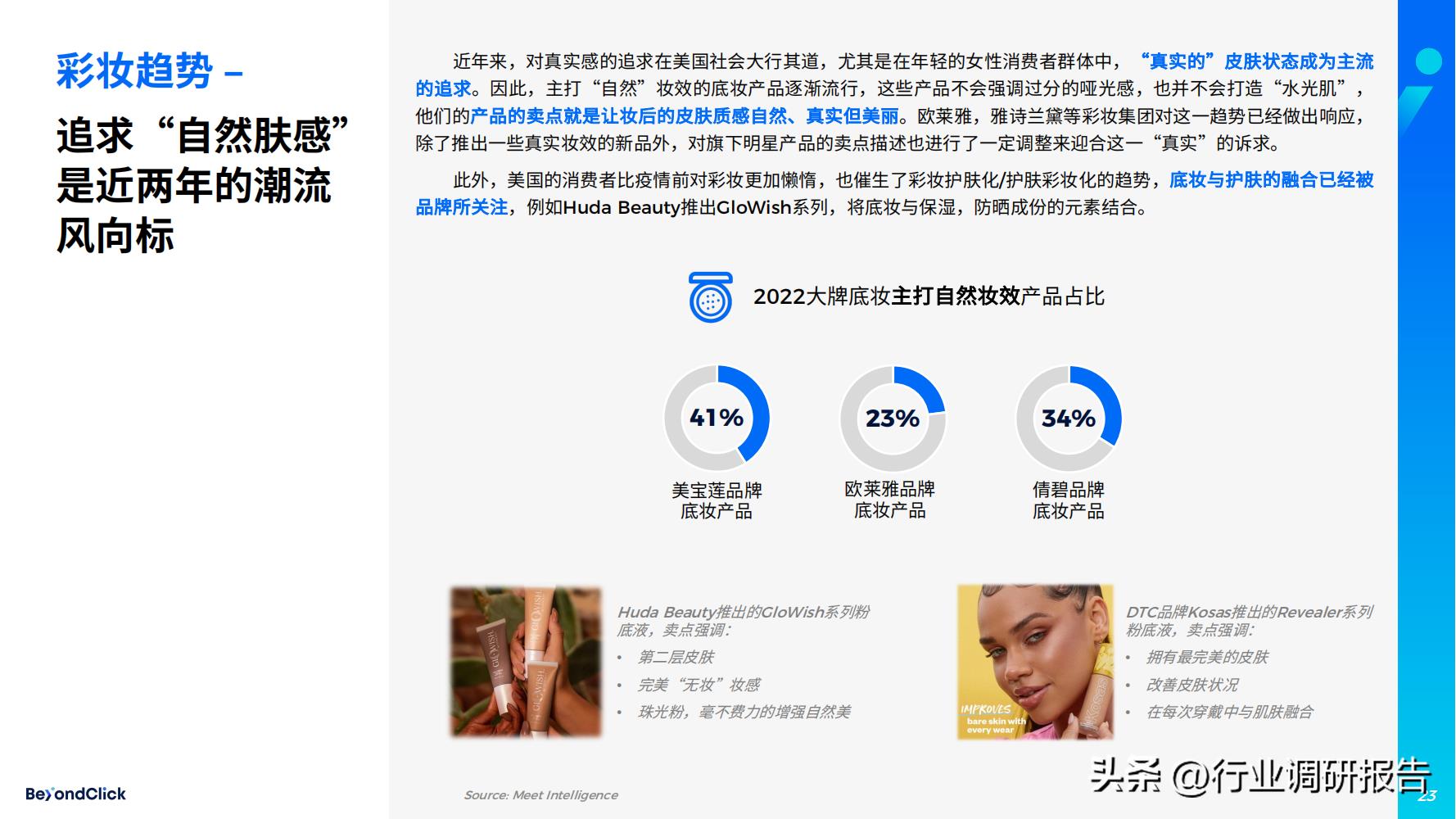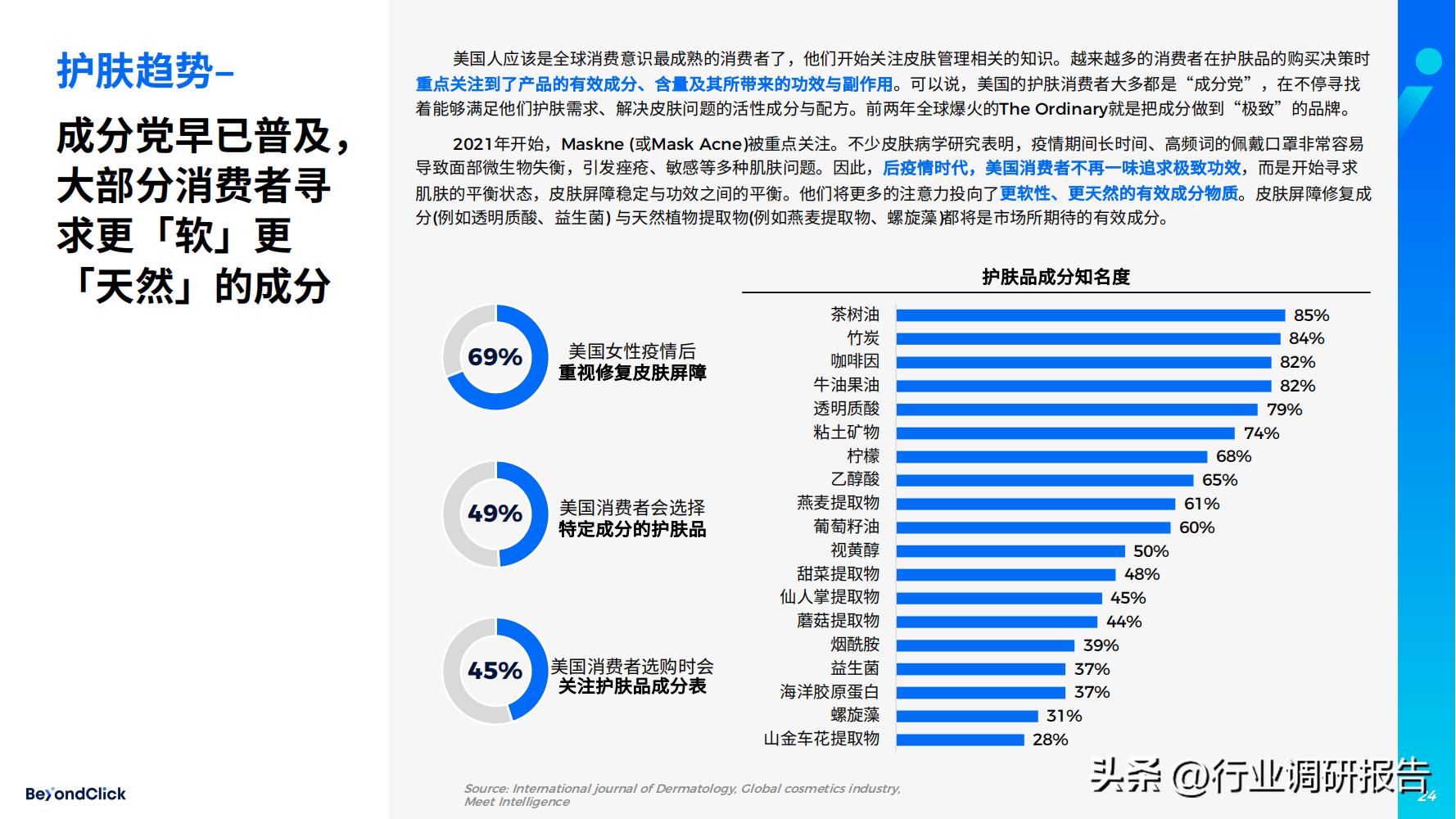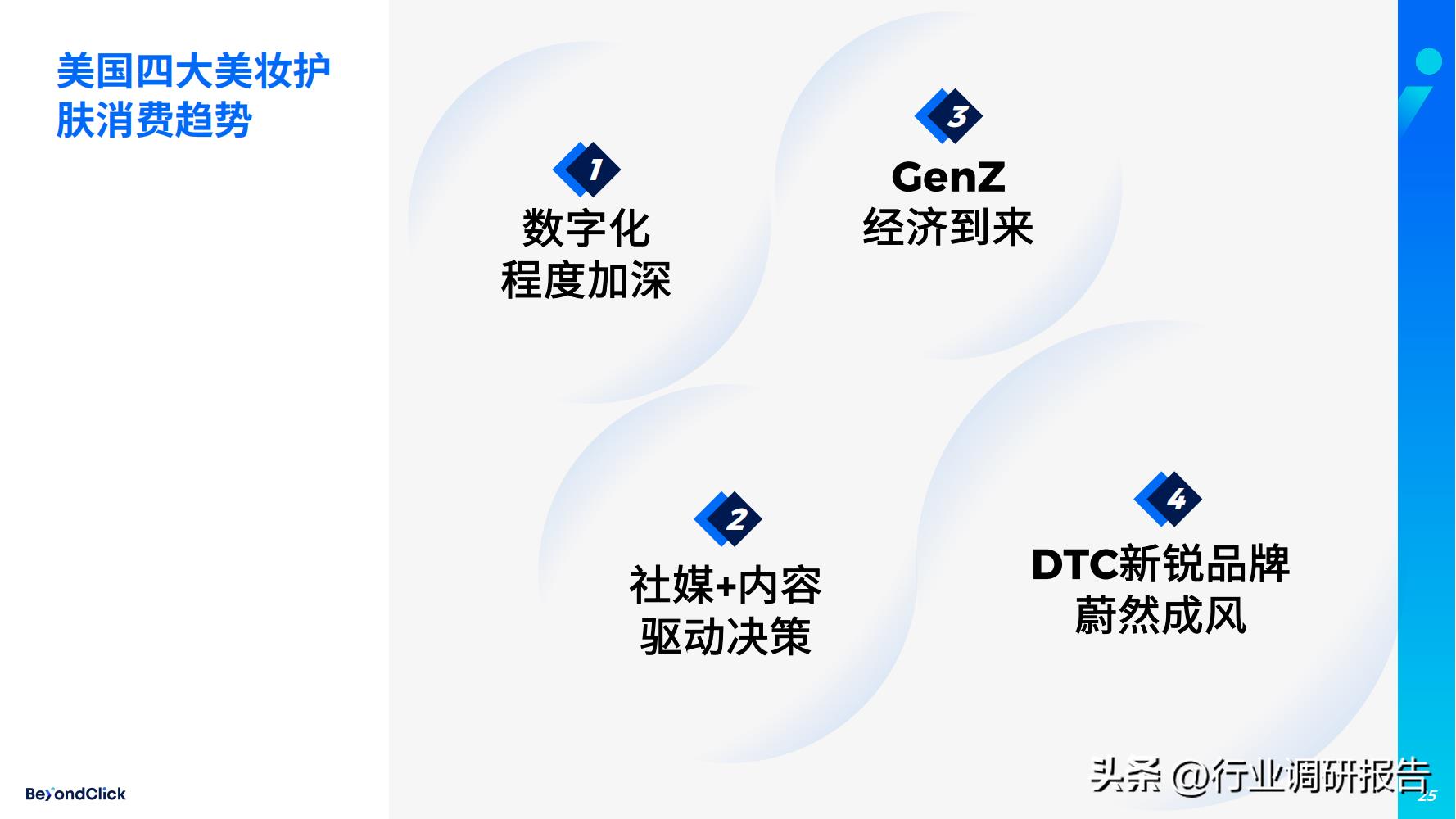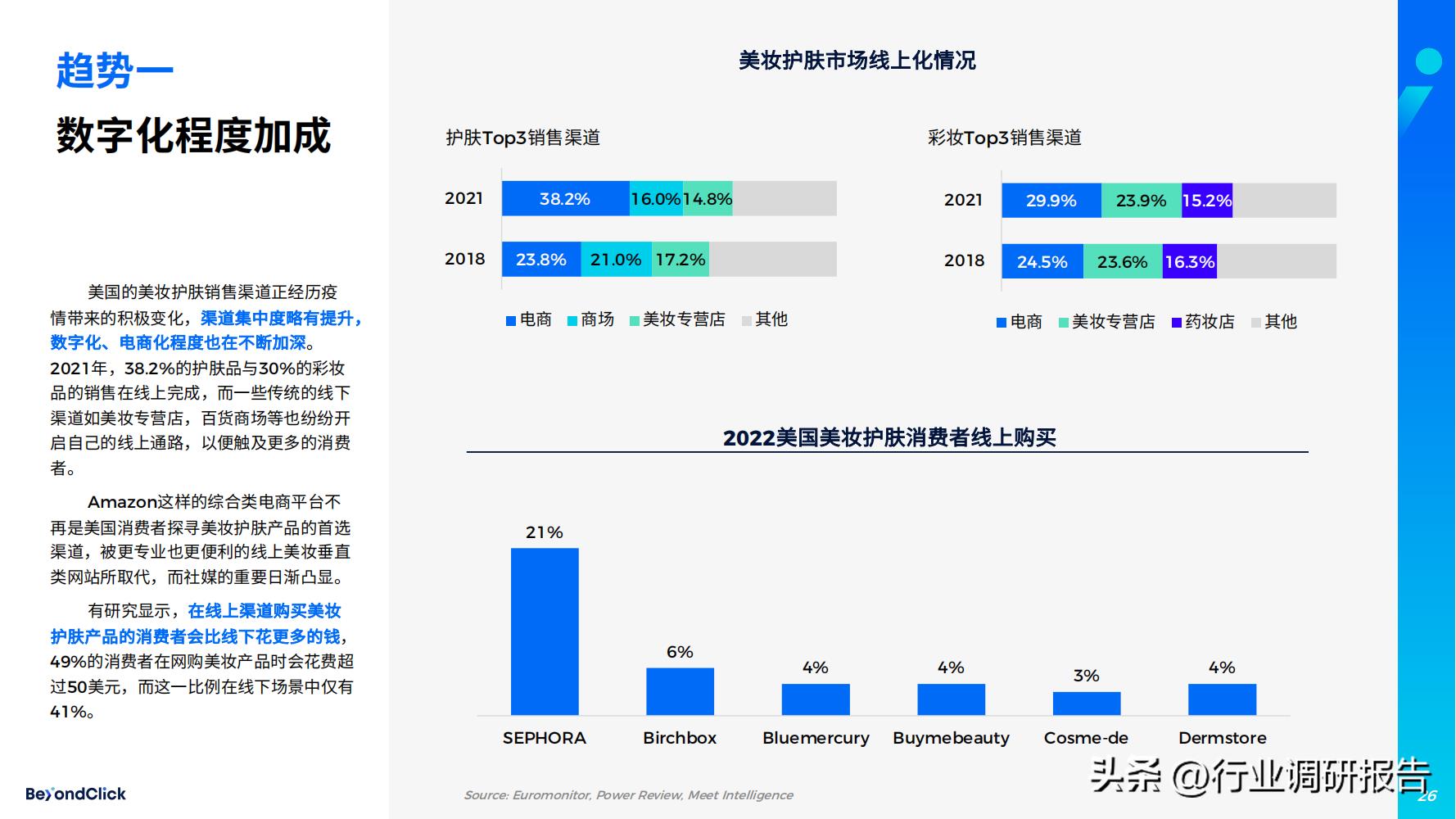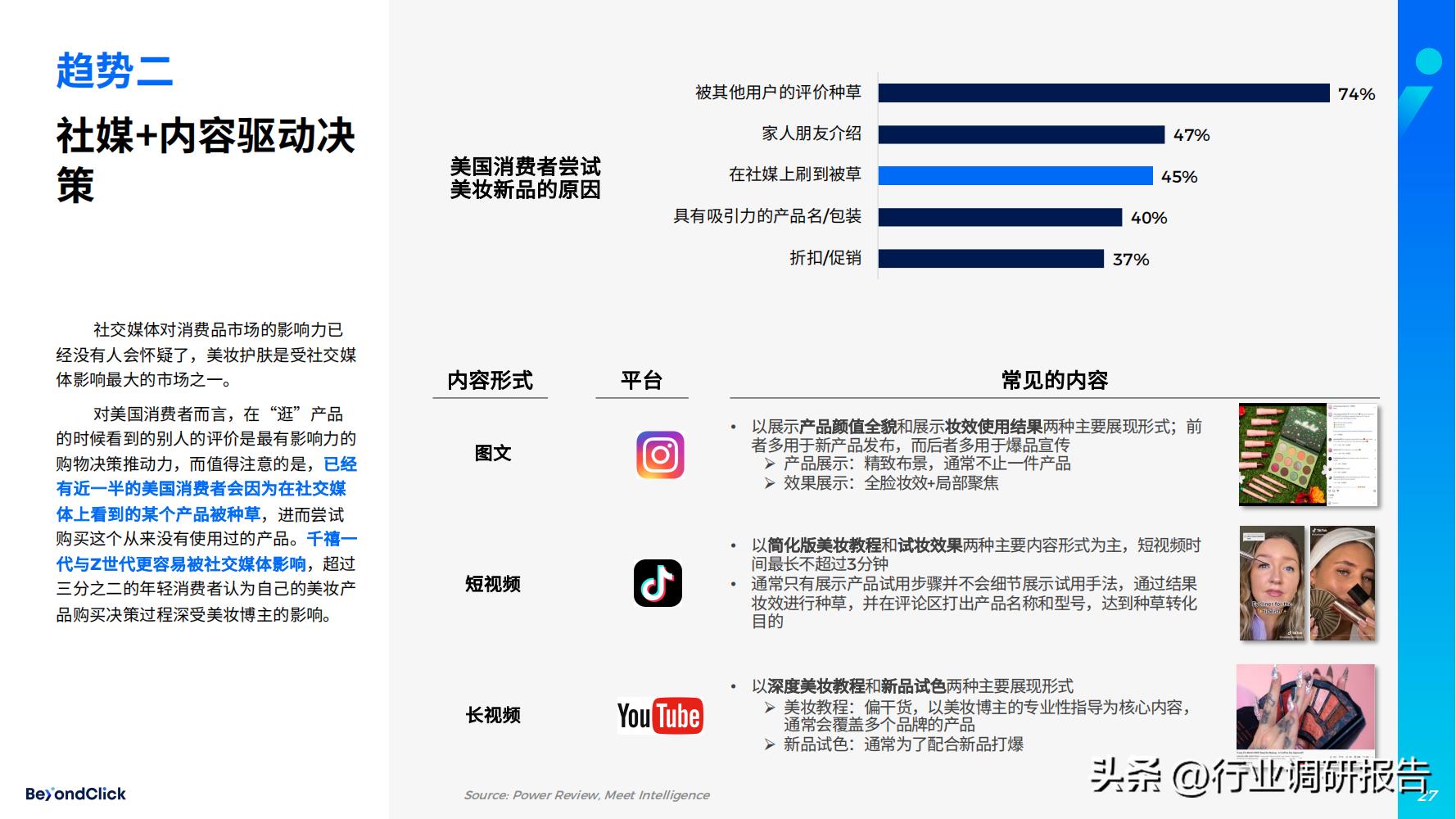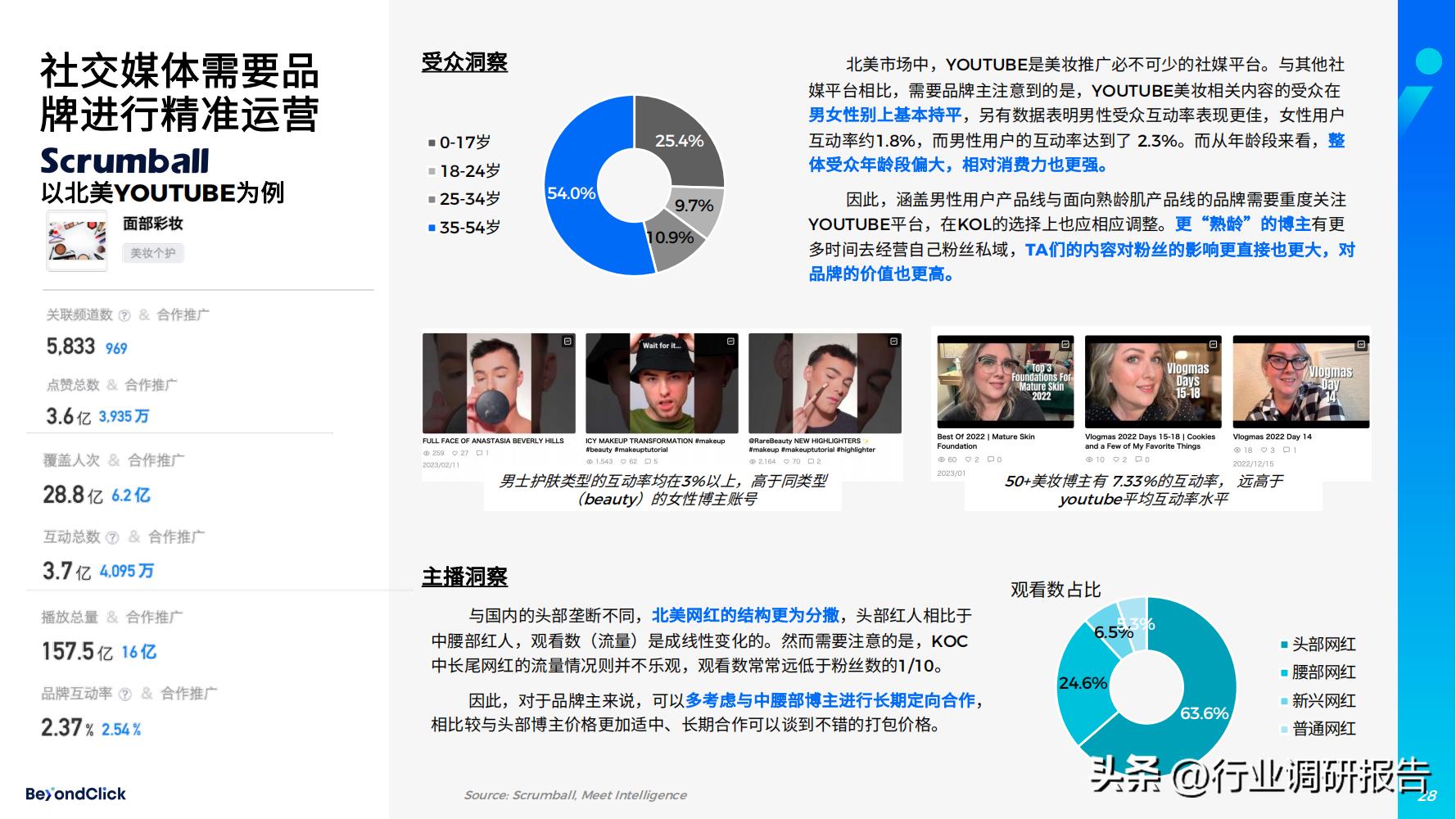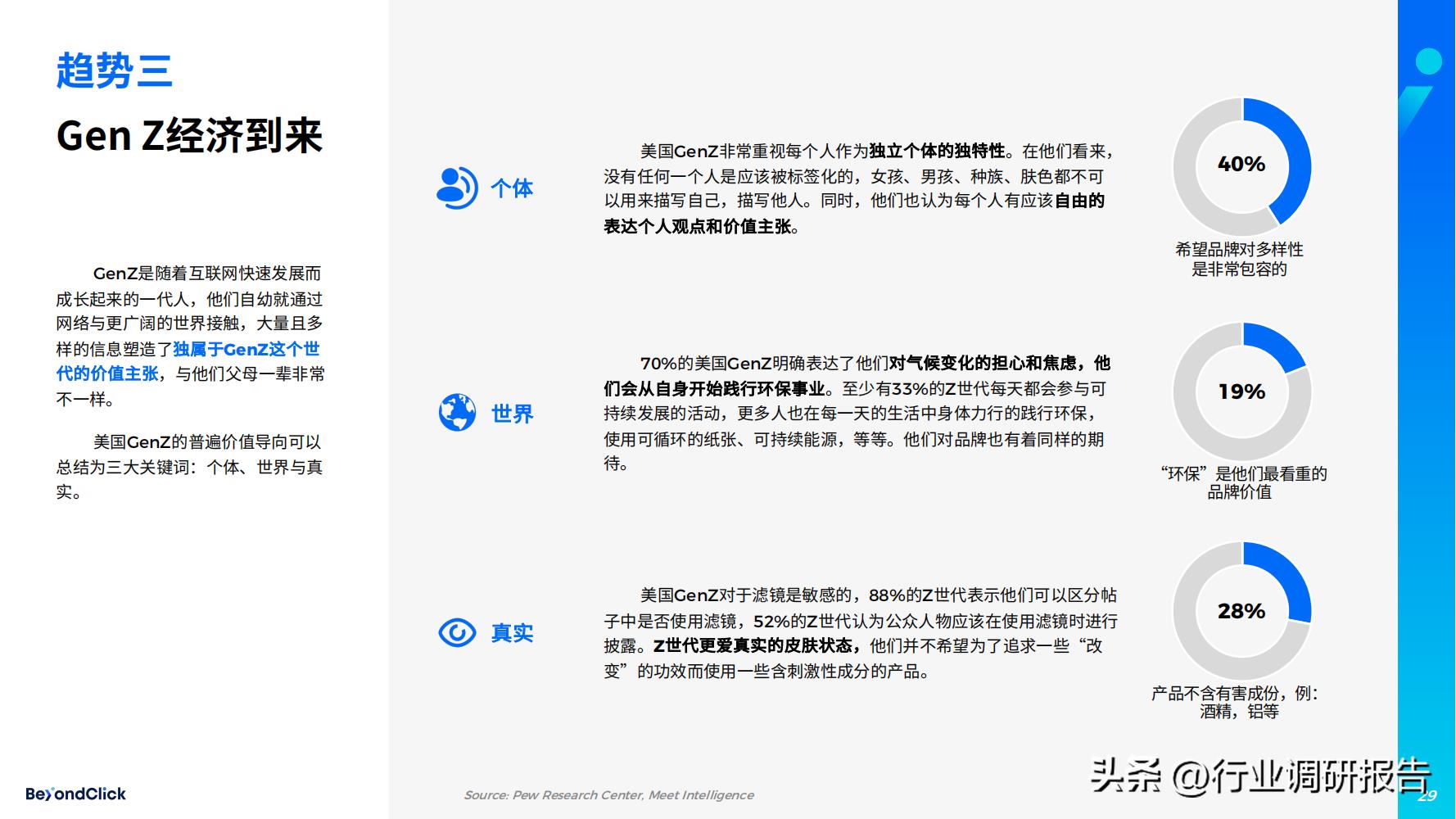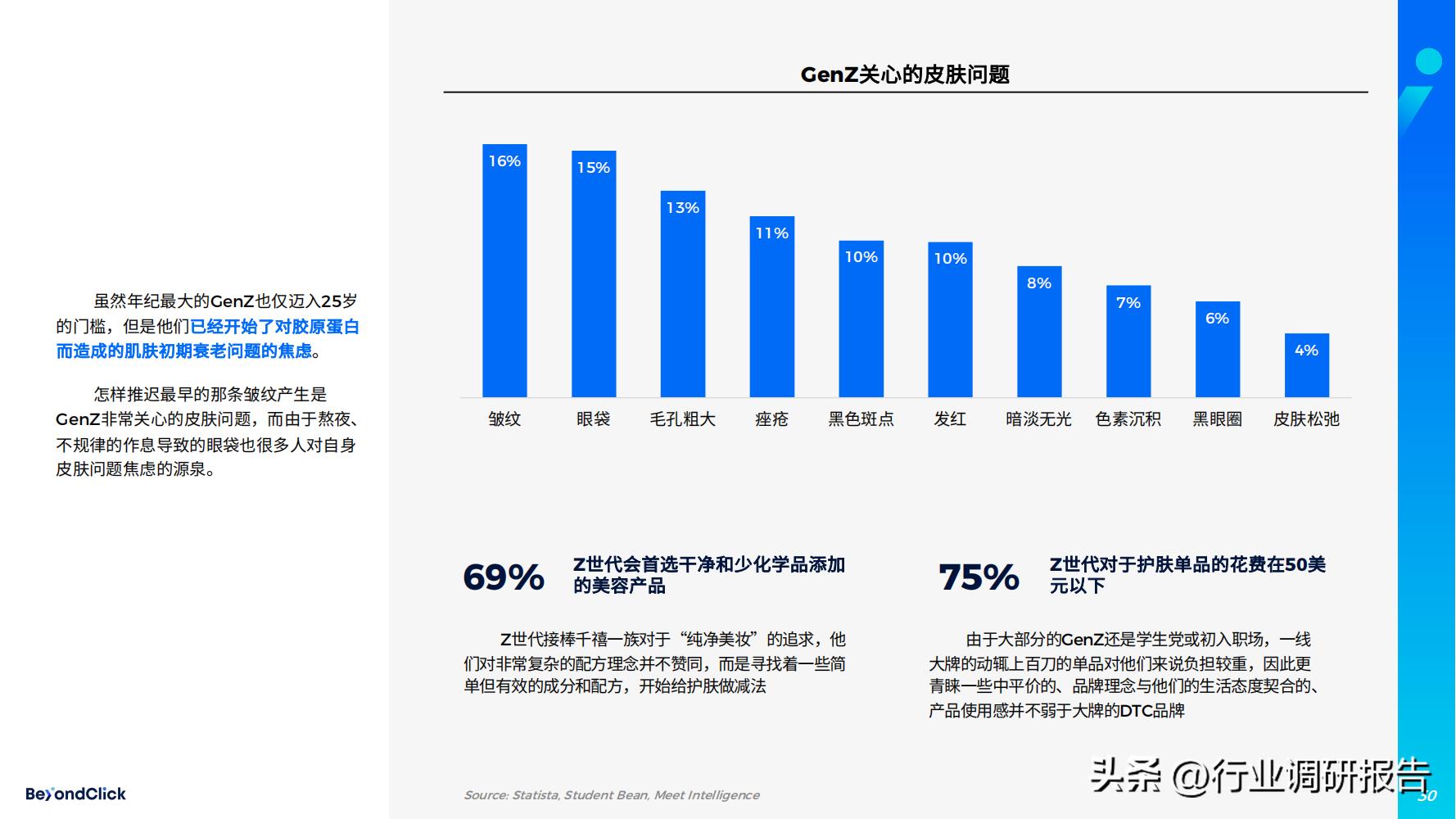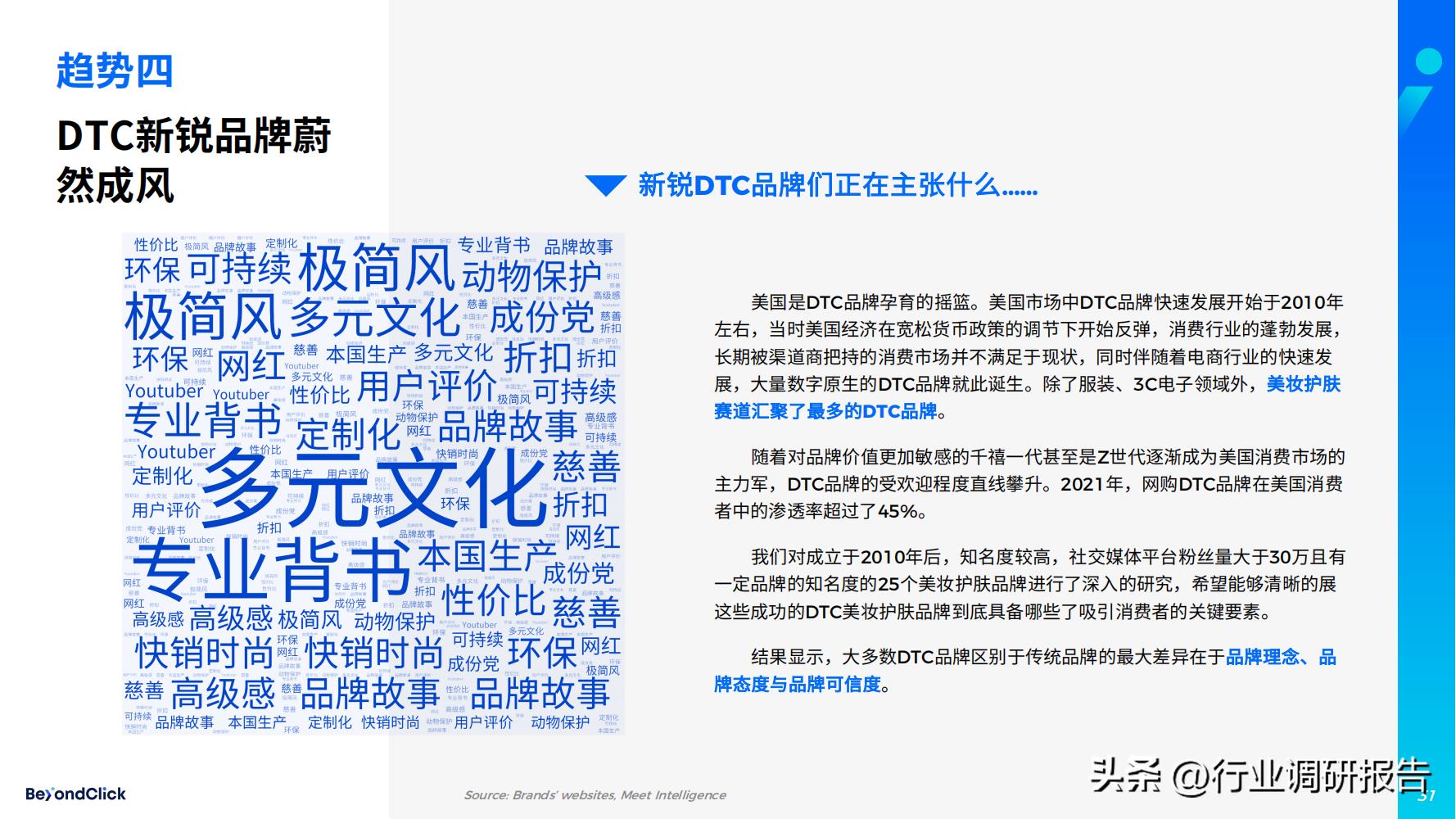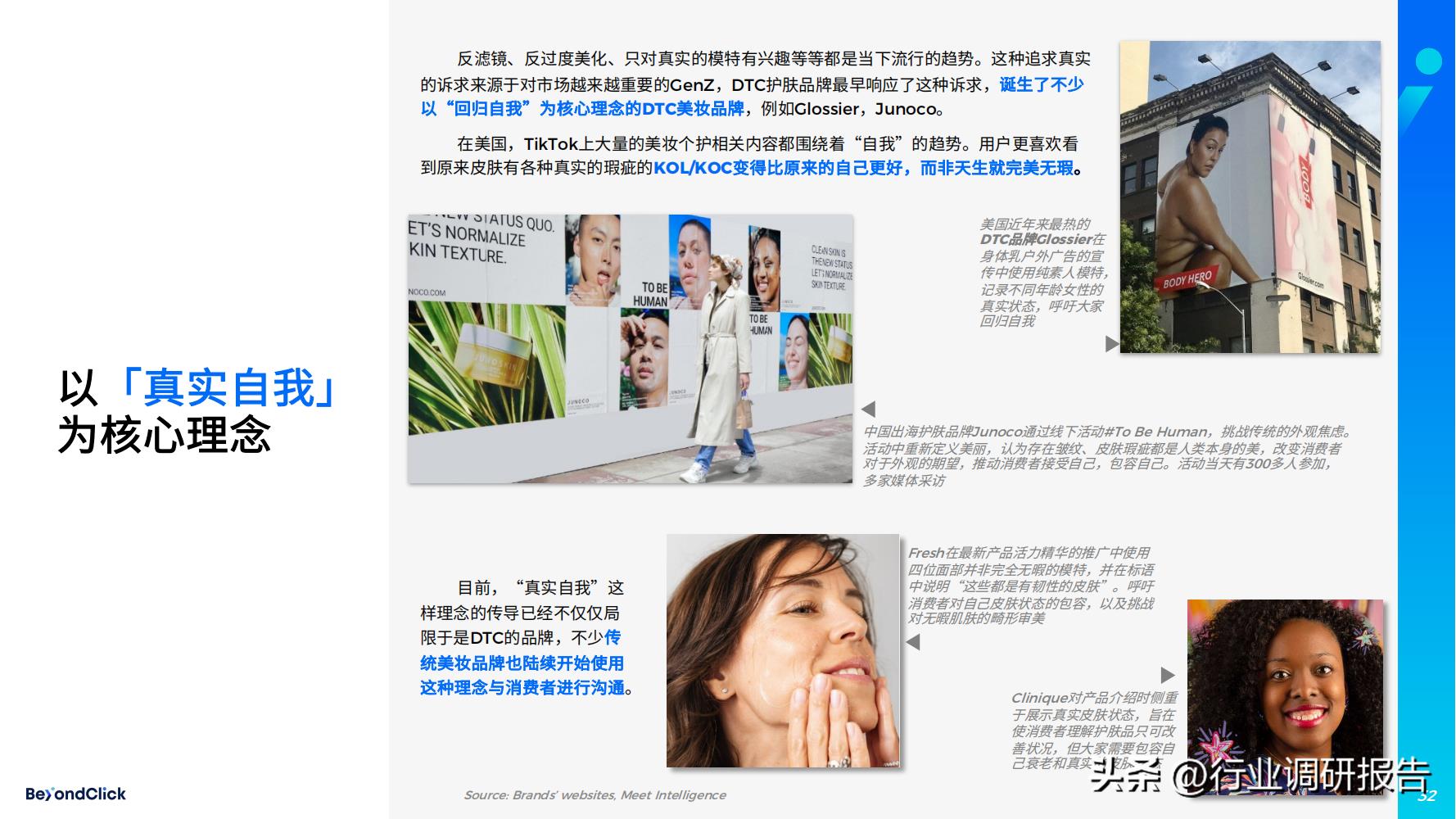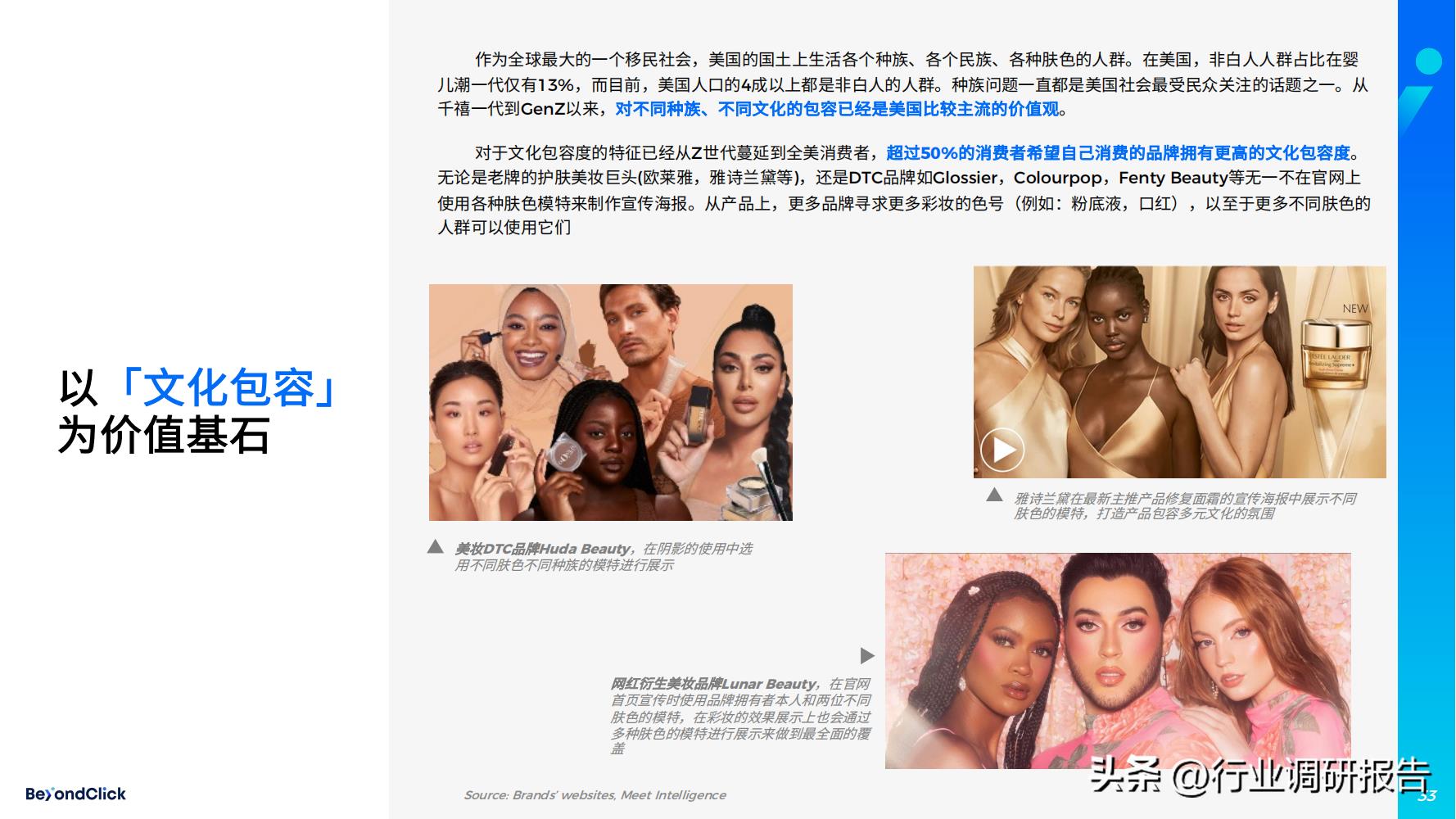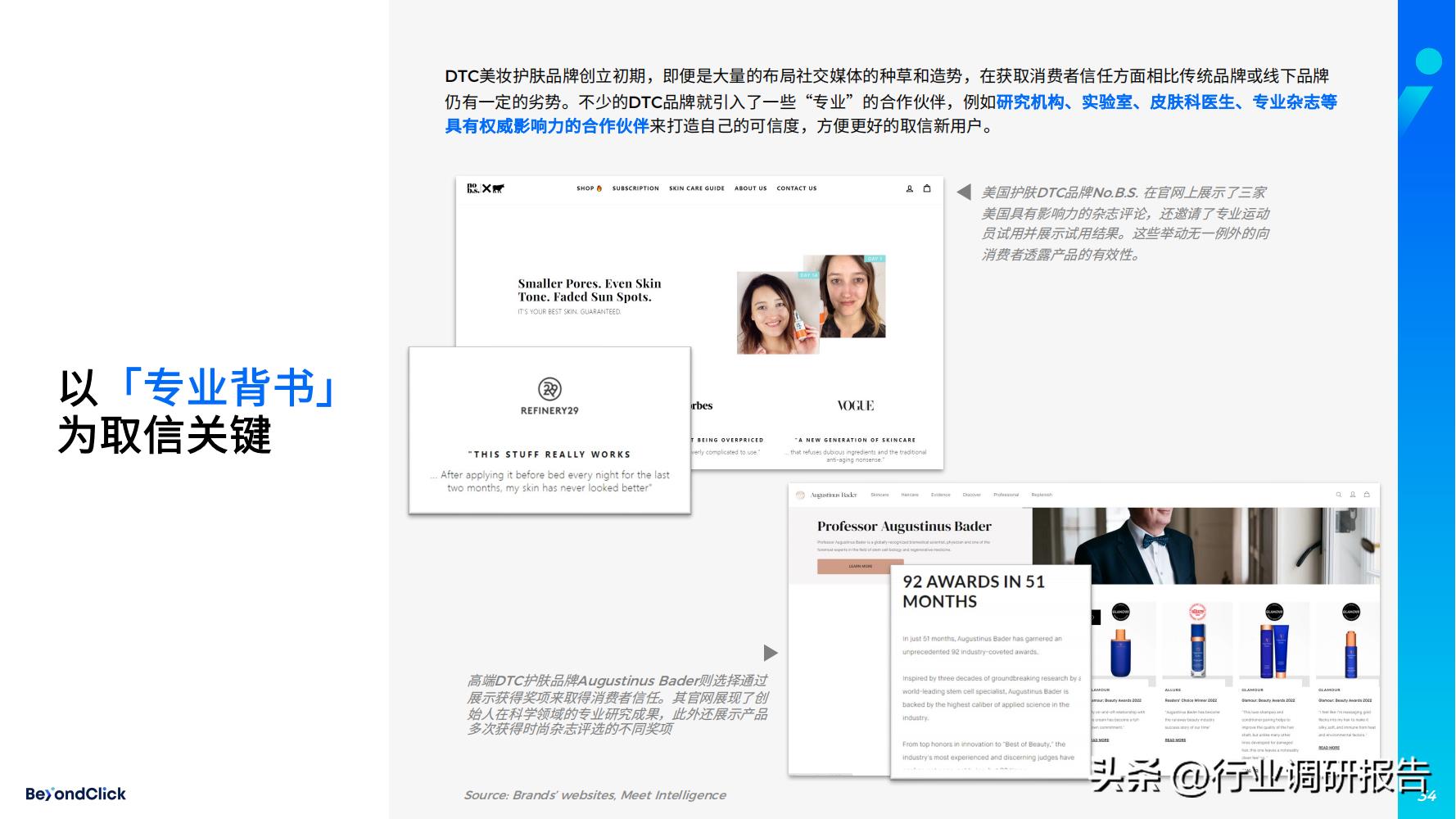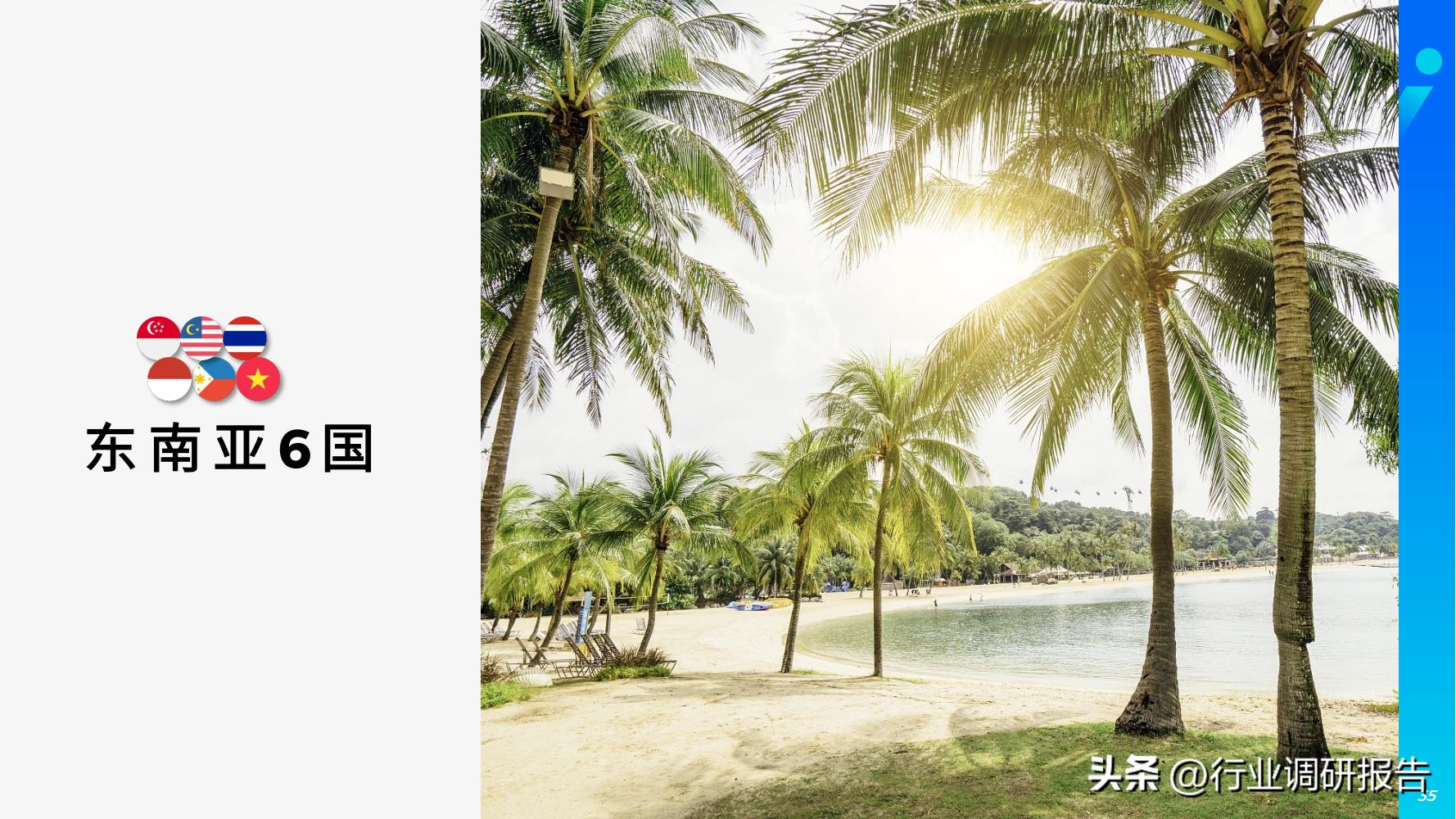"Cold Thinking" of Summer Tourism Fever
Author: Zang Mengya
Summer is the peak season for people to travel and spend, and the summer tourism market is more powerful. It is understood that although the single-day adult ticket price has risen to 719 yuan, Shanghai Disneyland still ushered in the peak of passenger flow at high temperature. Beijing Universal Resort is also welcoming the summer travel craze. If tourists don’t buy fast ticket products, ordinary tickets for some popular projects are likely to have to wait in line for more than three hours. Restoring and expanding consumption is an important task at present and an inevitable requirement for achieving high-quality development. Summer consumption, especially summer tourism consumption, is a good starting point. For all localities, summer tourism consumption is an opportunity and a challenge.
As consumer demand becomes more personalized, consumption scenarios become more diversified, and it is increasingly difficult for homogeneous products to be recognized by consumers. As an important group of people traveling in summer vacation, the tourist base of students and parent-child groups welcoming summer vacation is huge. For students who pursue freshness, excitement and popularity, theme parks that focus on animation and movie consumption, as well as cultural and artistic theme destinations such as museums, ancient buildings and Guofeng resorts, are popular choices for summer tourism. There are still many students who choose to travel to characteristic villages or punch in online celebrity, and these destinations provide new ways for tourists to feel a better life.
If college students tend to choose "go on road trip" and "personalized customized tour" to enjoy the hard-won long vacation, then primary and secondary school students and parents prefer "study tour" which is entertaining and entertaining, making the summer vacation full and meaningful. Some traditional tourist attractions have launched research tourism products such as "punching cards with textbooks" by excavating the knowledge in primary and secondary school textbooks, so that students can feel the cultural background and historical allusions in textbooks on the spot.
However, the "pain points" such as the pressure of transportation, the difficulty of getting a ticket in many theme parks and museums, and the high prices of tickets and accommodation reflect the difficulties in the development of the summer tourism market, and also inject some cold thinking into the "hot" summer tourism market. Summer tourism consumption is different from the usual small holiday tourism consumption, which can meet the longer and deeper tourism needs of tourists, and the quality and service level of tourism products have a more "deep" impact on tourists accordingly. This requires tourism practitioners to constantly enrich product supply, adjust product supply structure, respond to market changes in time, truly grasp the hearts of consumers, and gain a firm foothold in the fierce summer tourism market competition.
In view of this, in the context of the overall recovery of tourism, all relevant departments in various localities should optimize the tourism market environment, strengthen strict supervision of scenic spots and platforms, and improve the standards and systems of tourism industry, which is related to the expansion and upgrading of tourism in various localities and the transformation and development of economy and society. The summer tourism data forecast of several online travel platforms shows that the summer tourism market in 2023 is expected to surpass the same period in 2019. Tourism-related enterprises should seize the opportunity of industry recovery, win the summer tourism consumption market, and make further progress on the basis of the substantial improvement of previous performance. (Zang Mengya)
Source: Economic Daily






